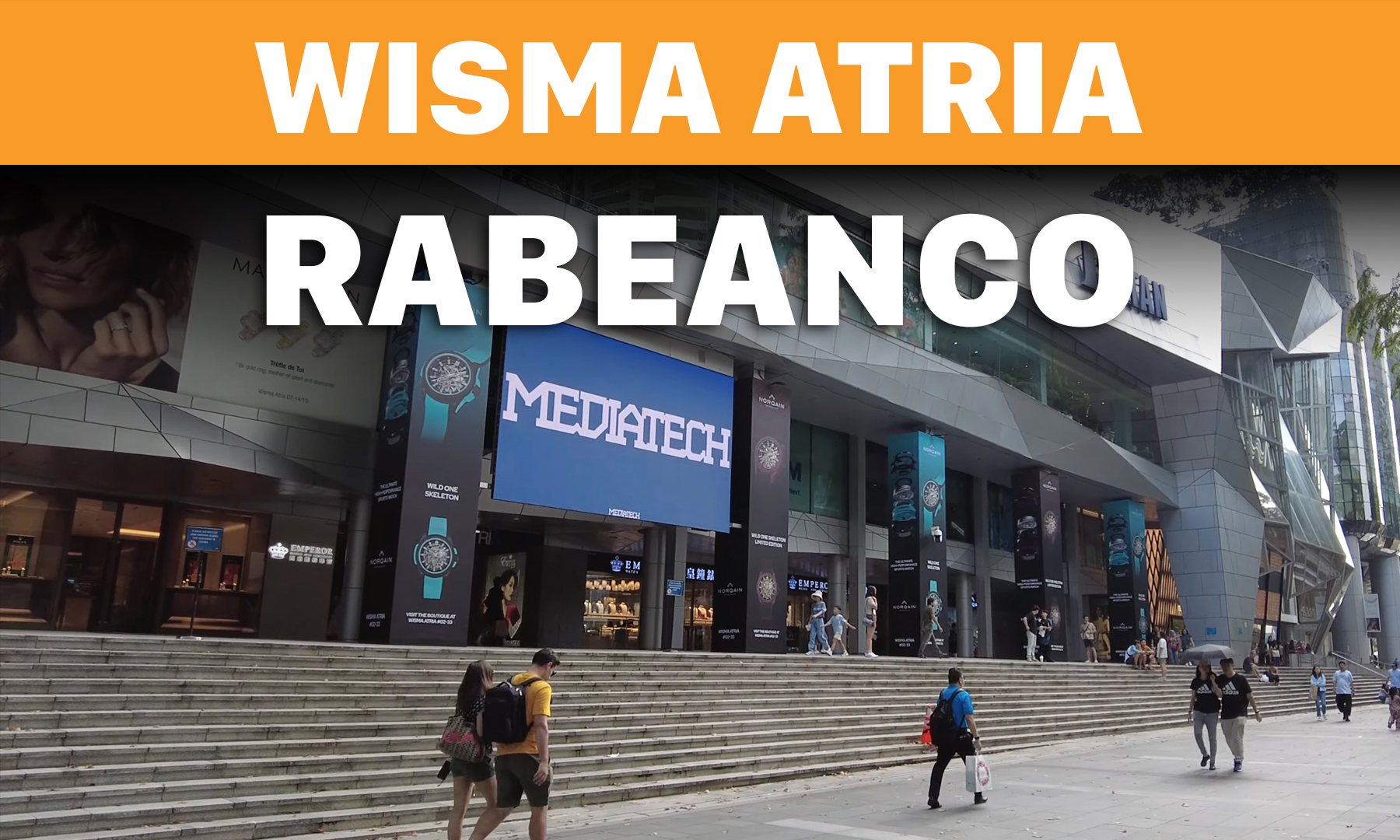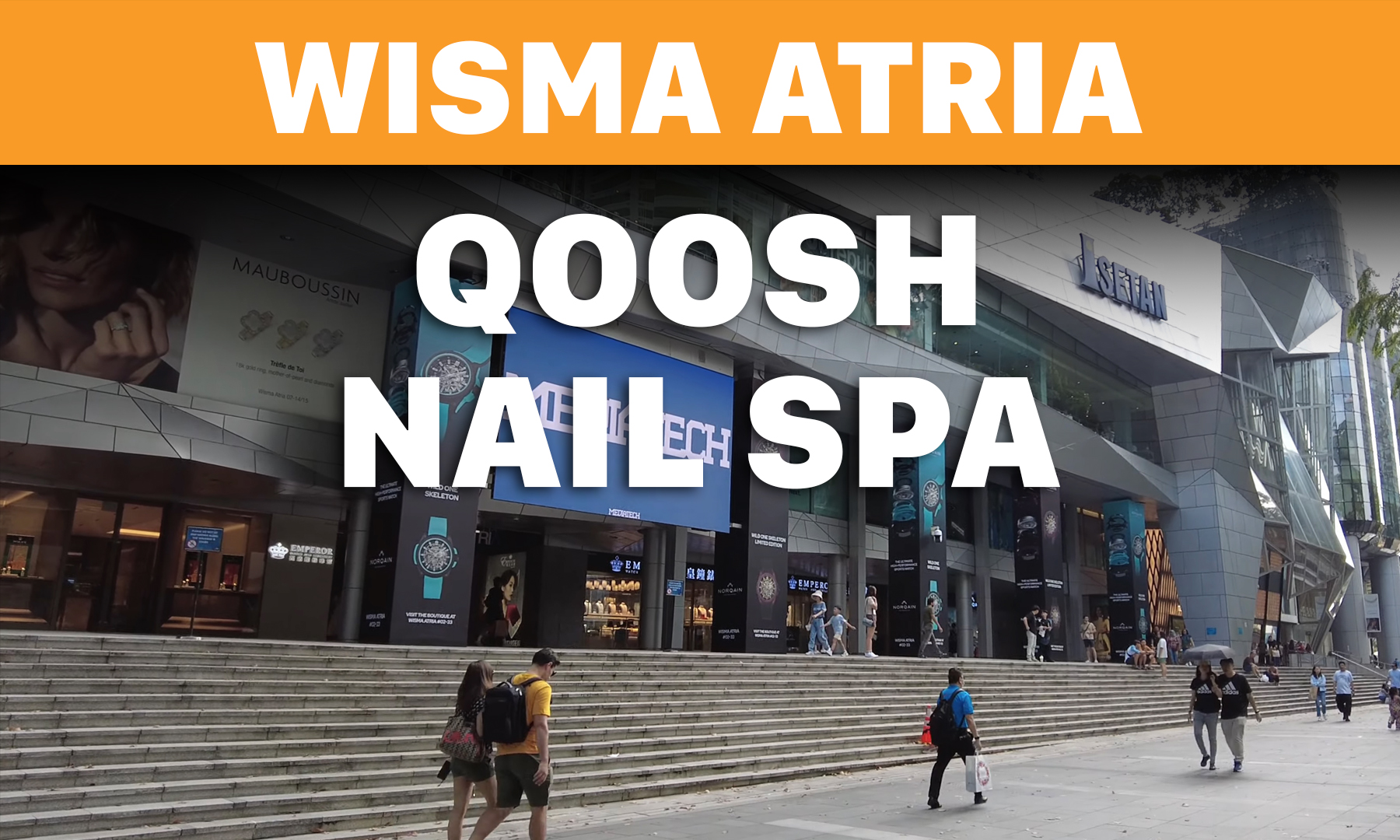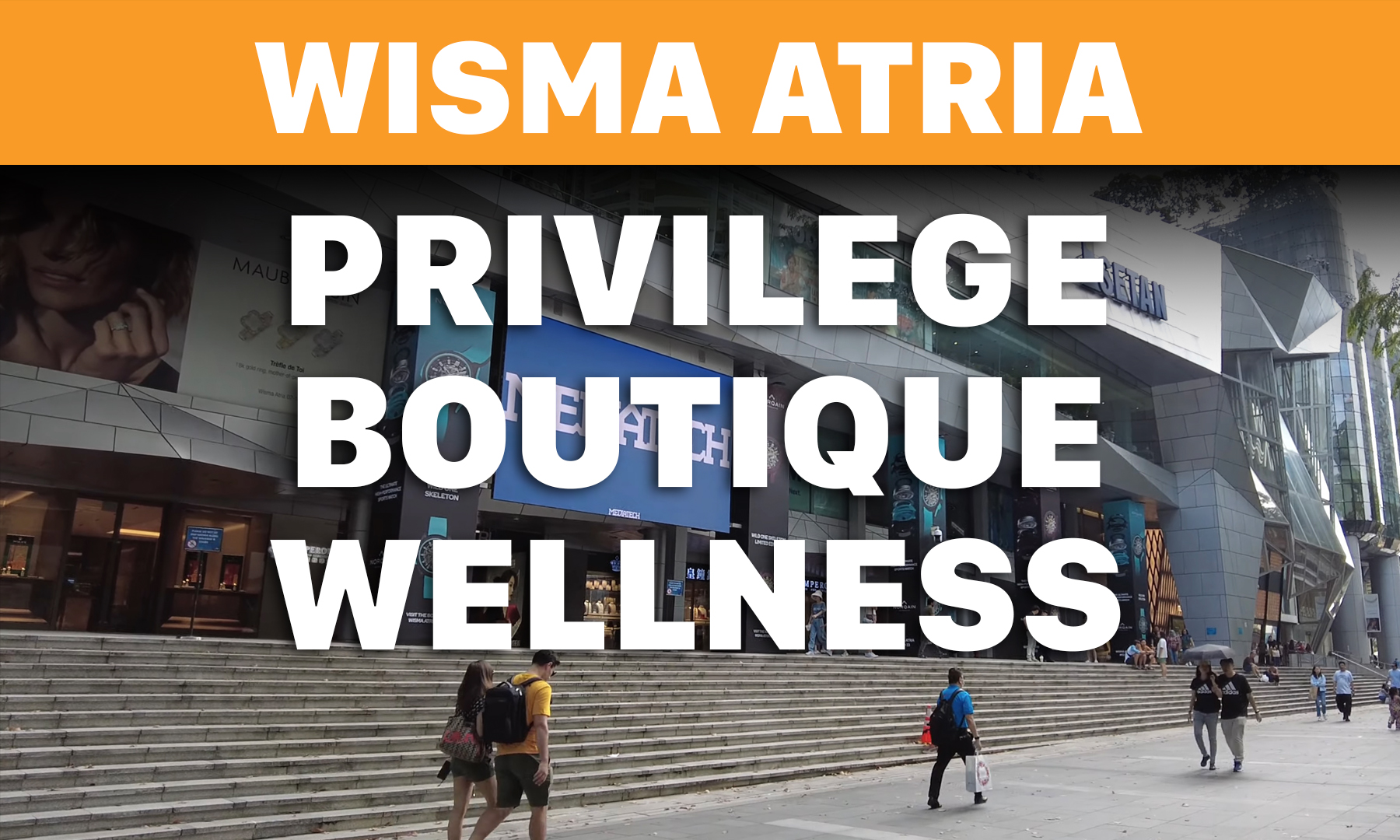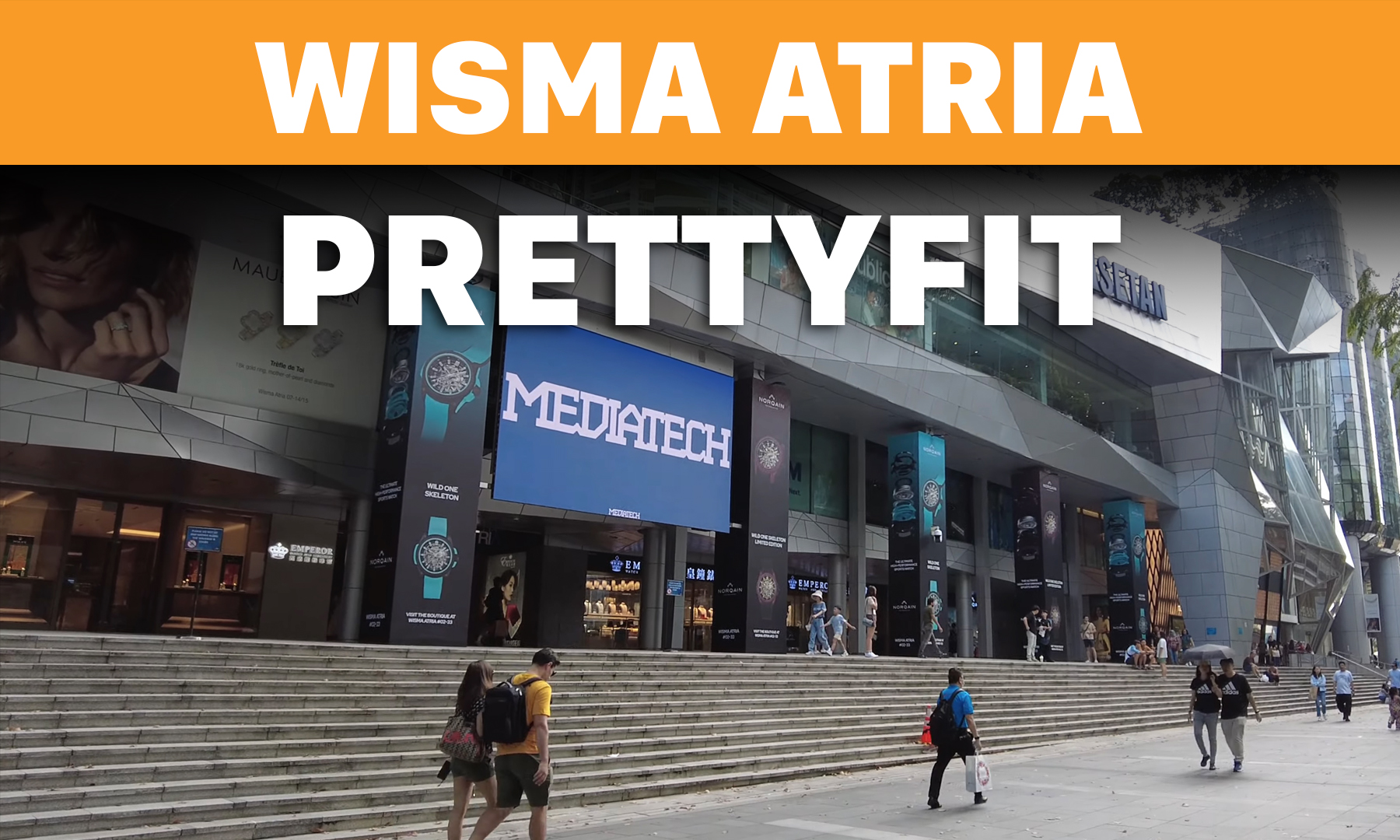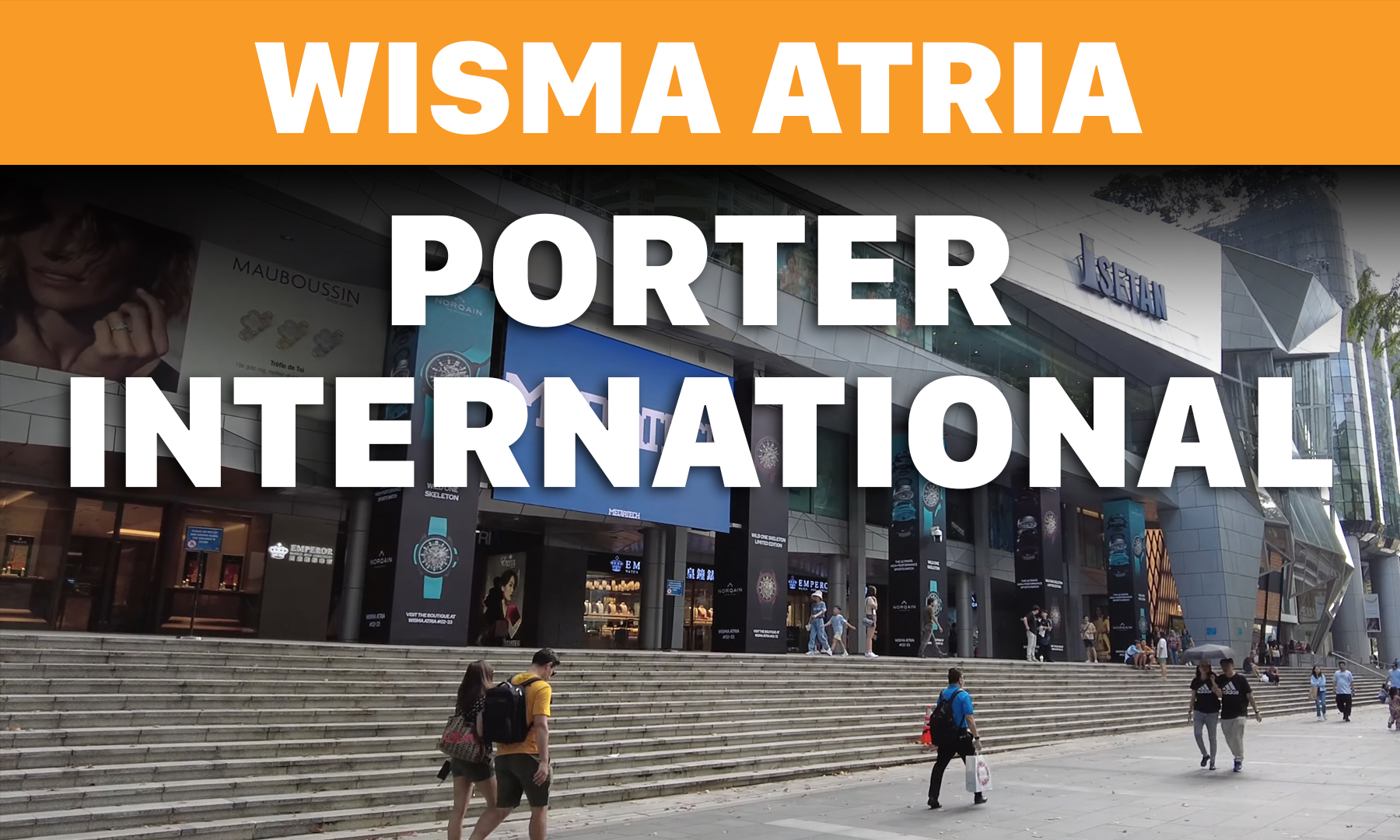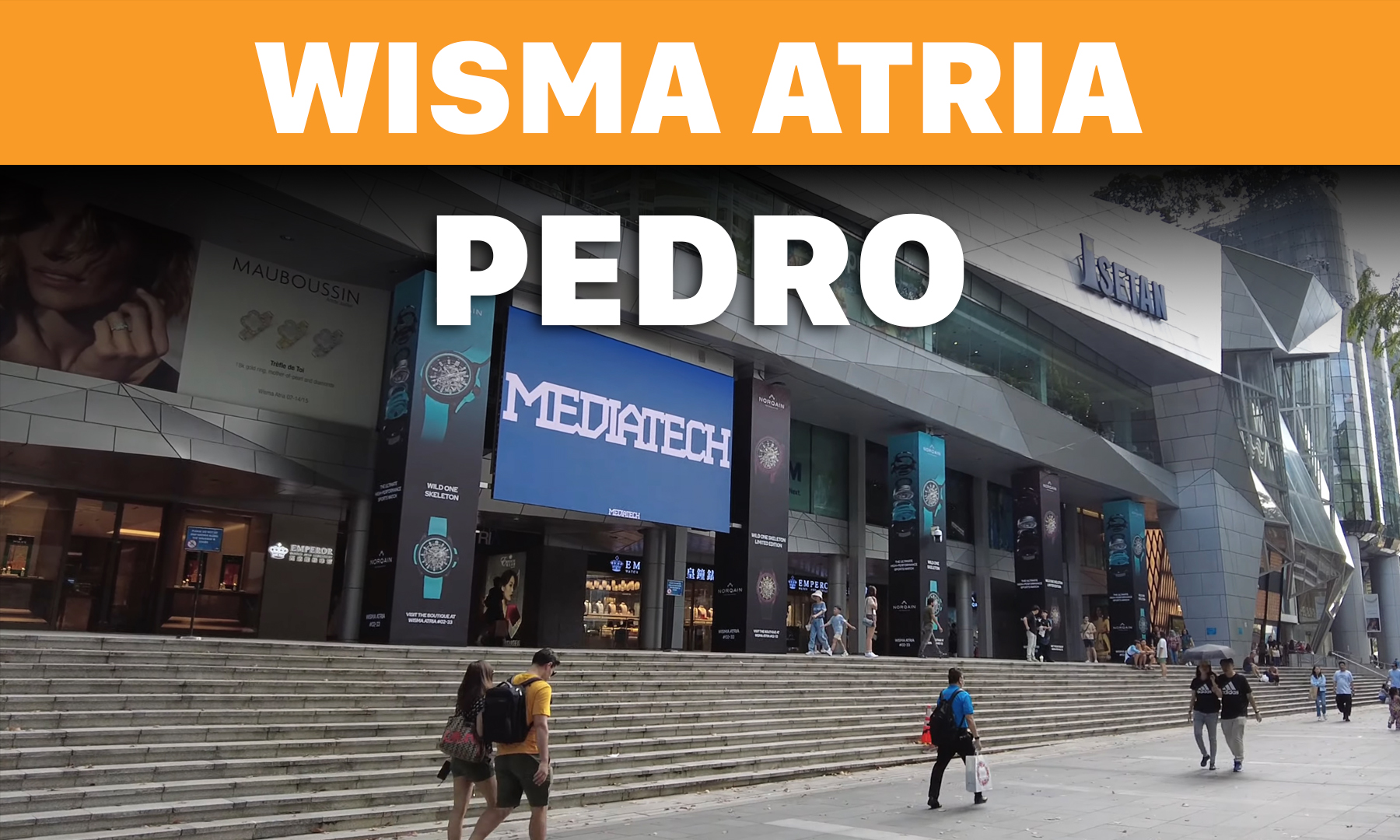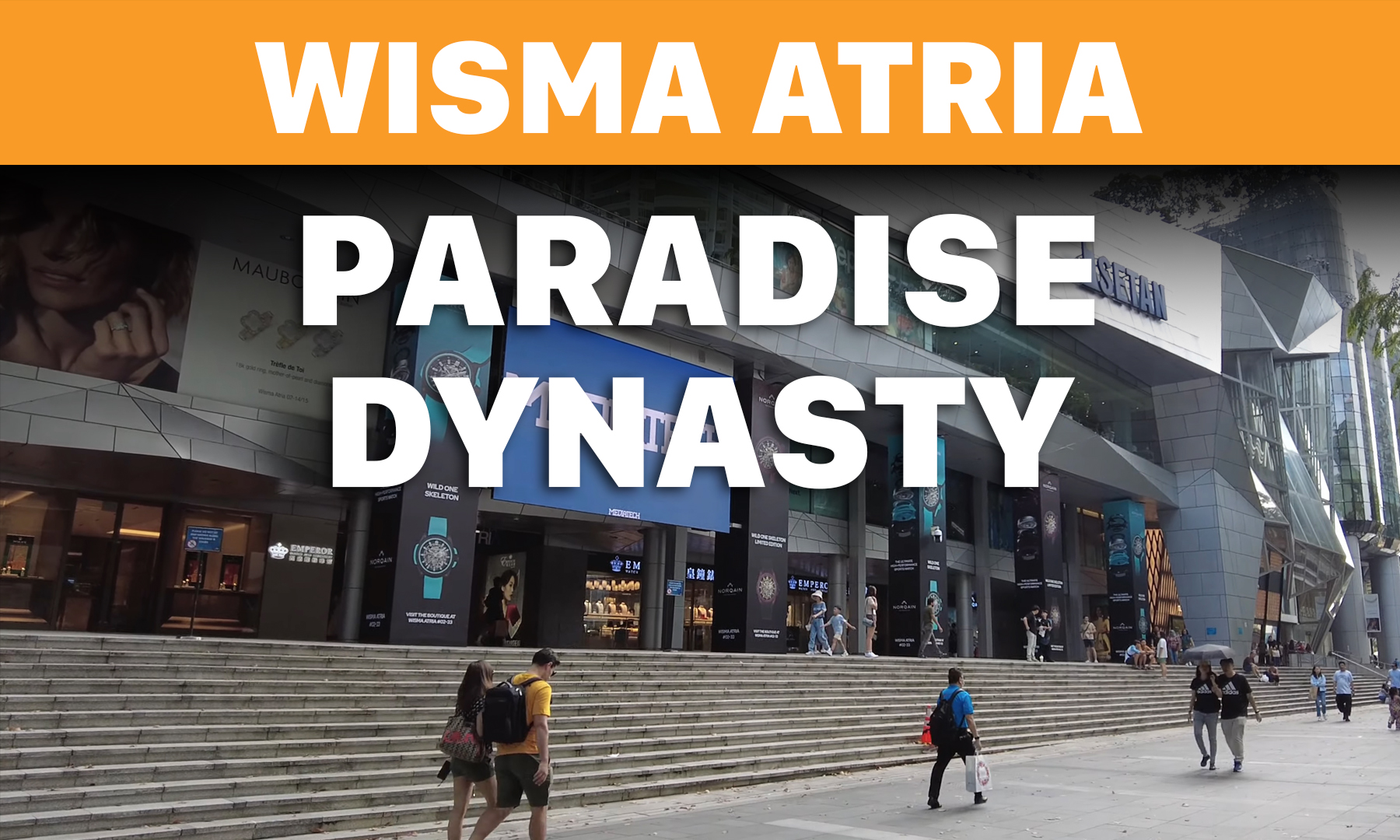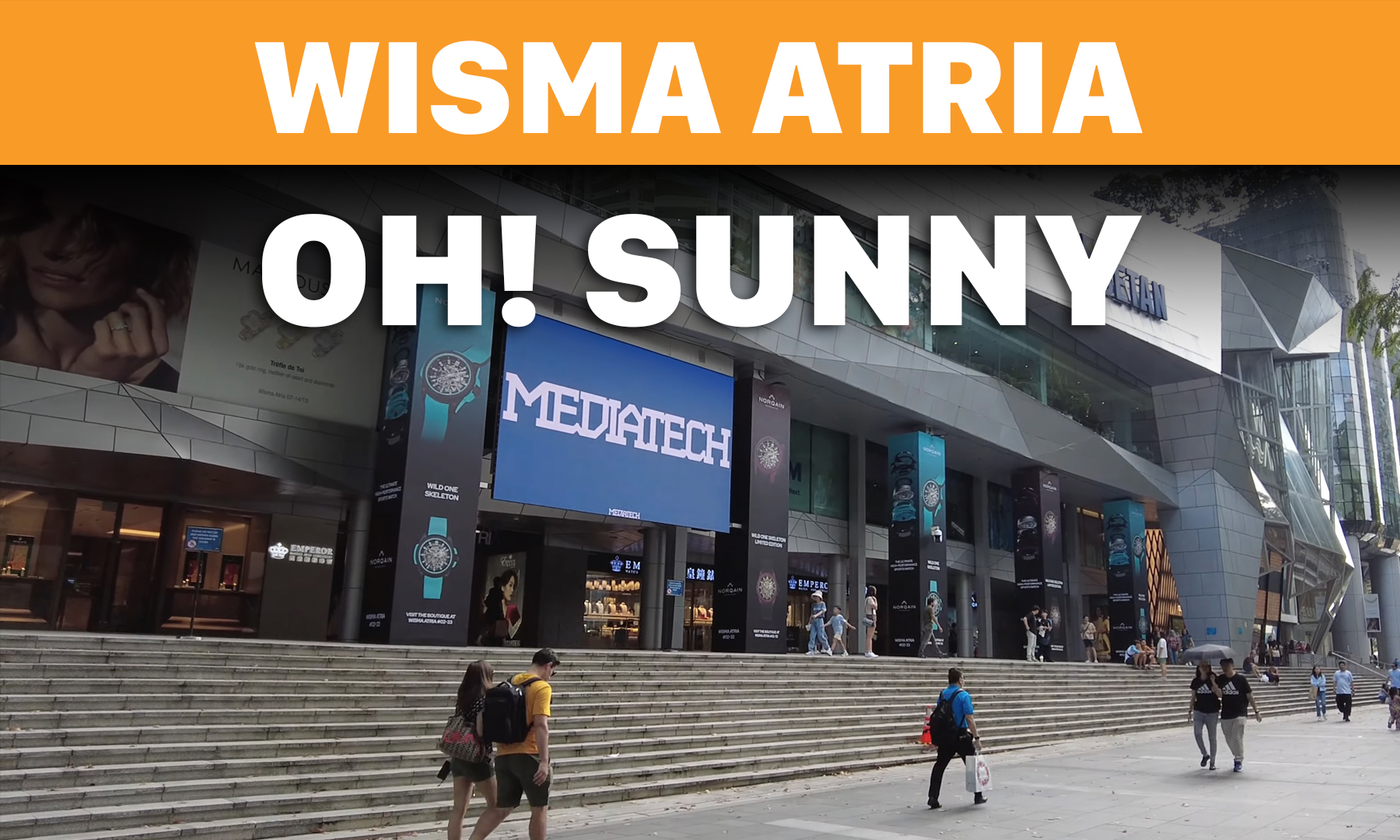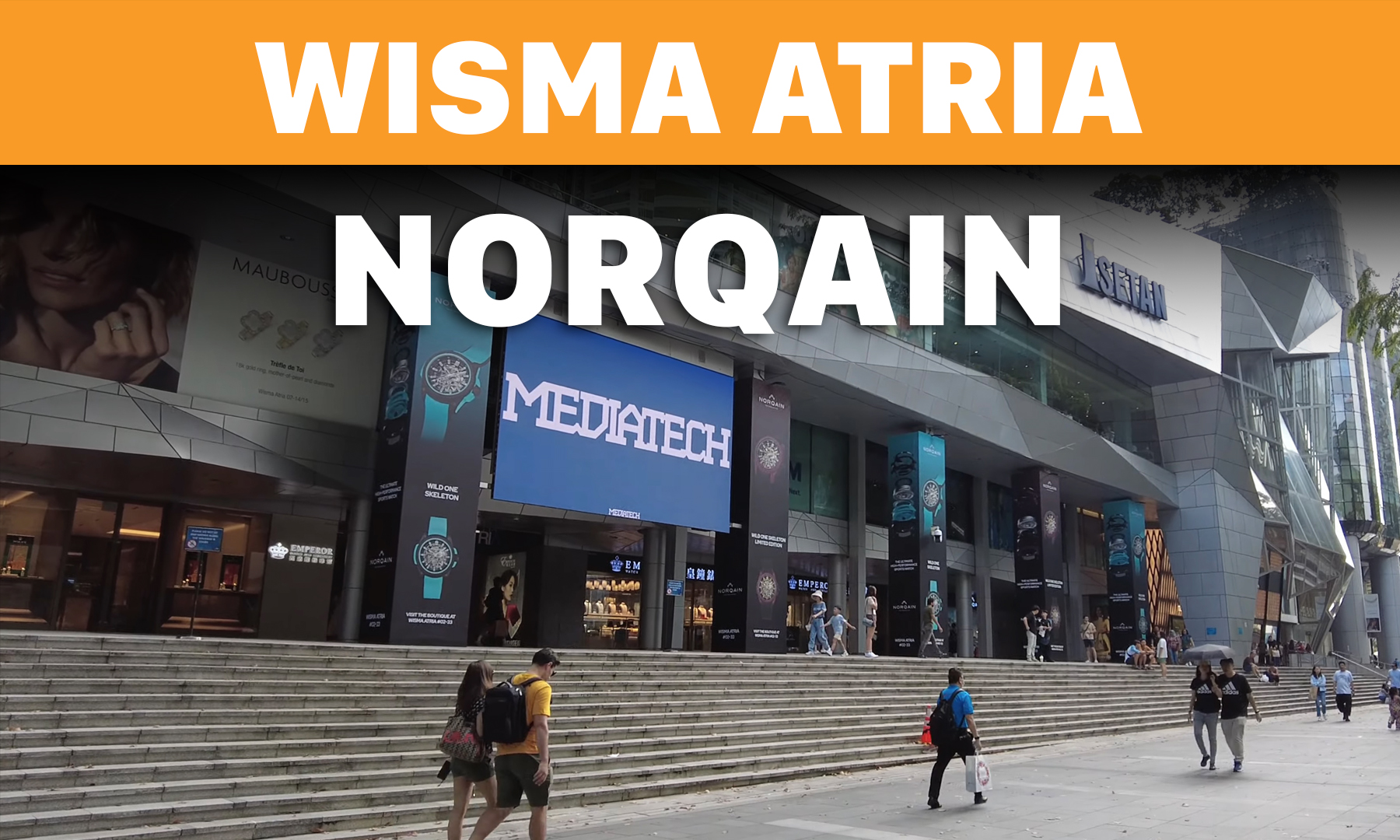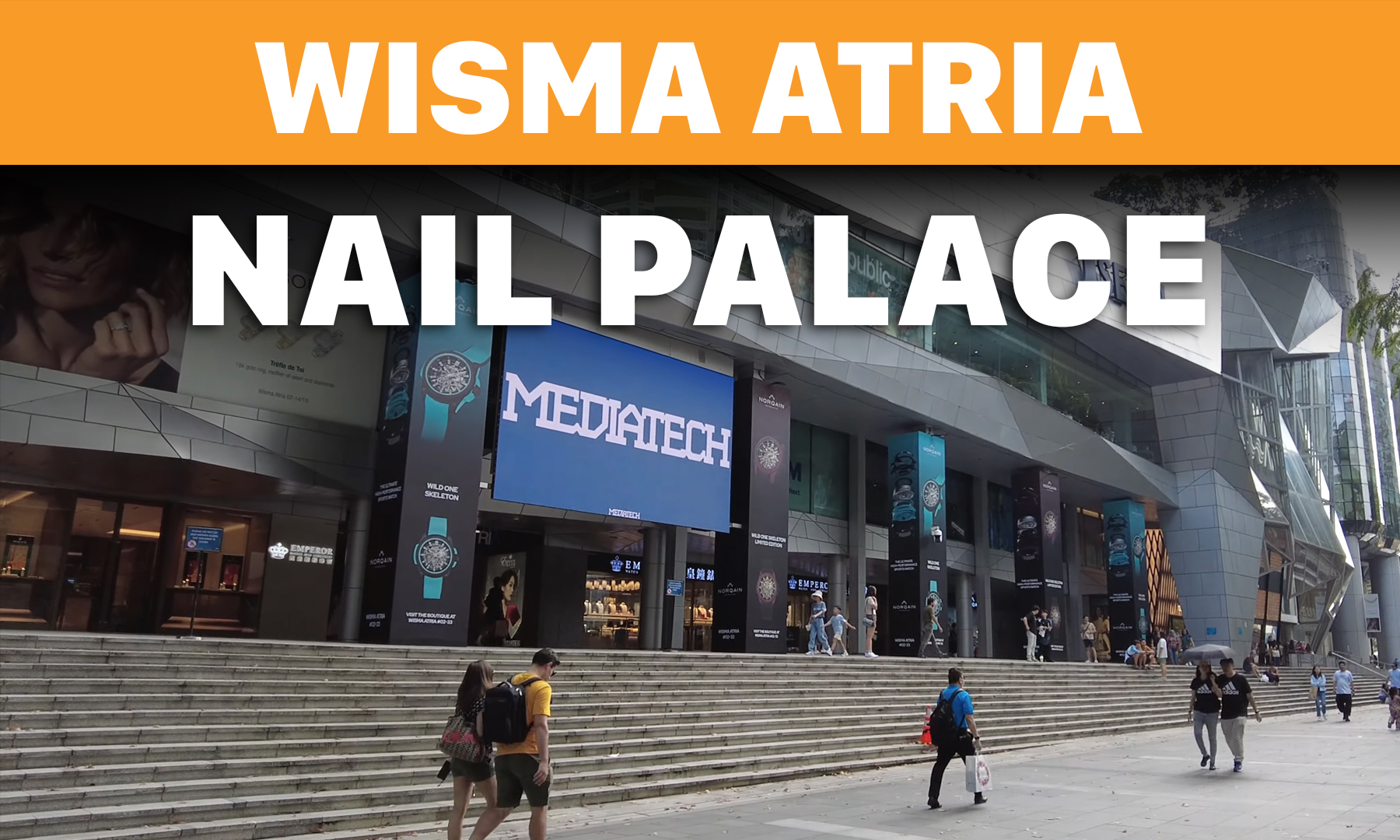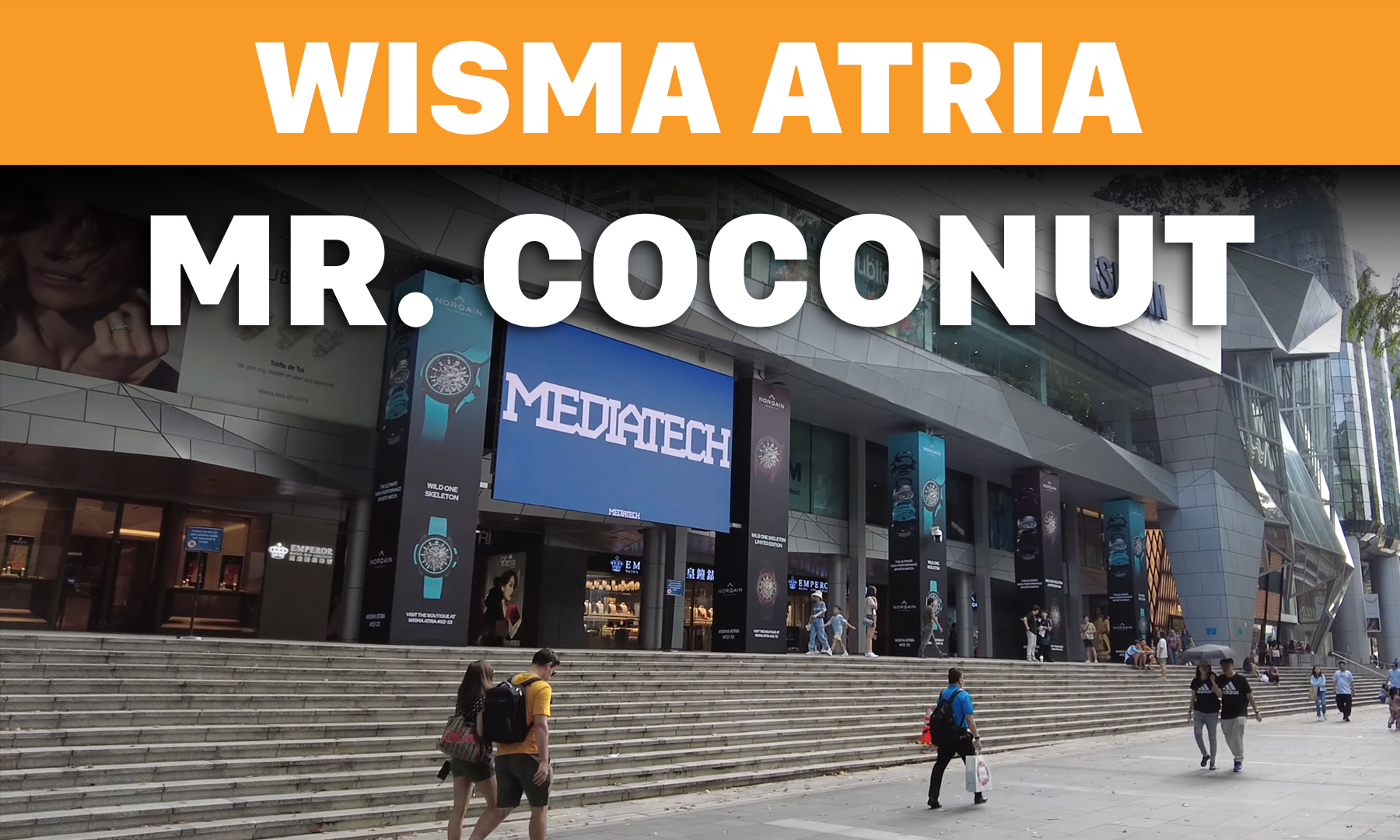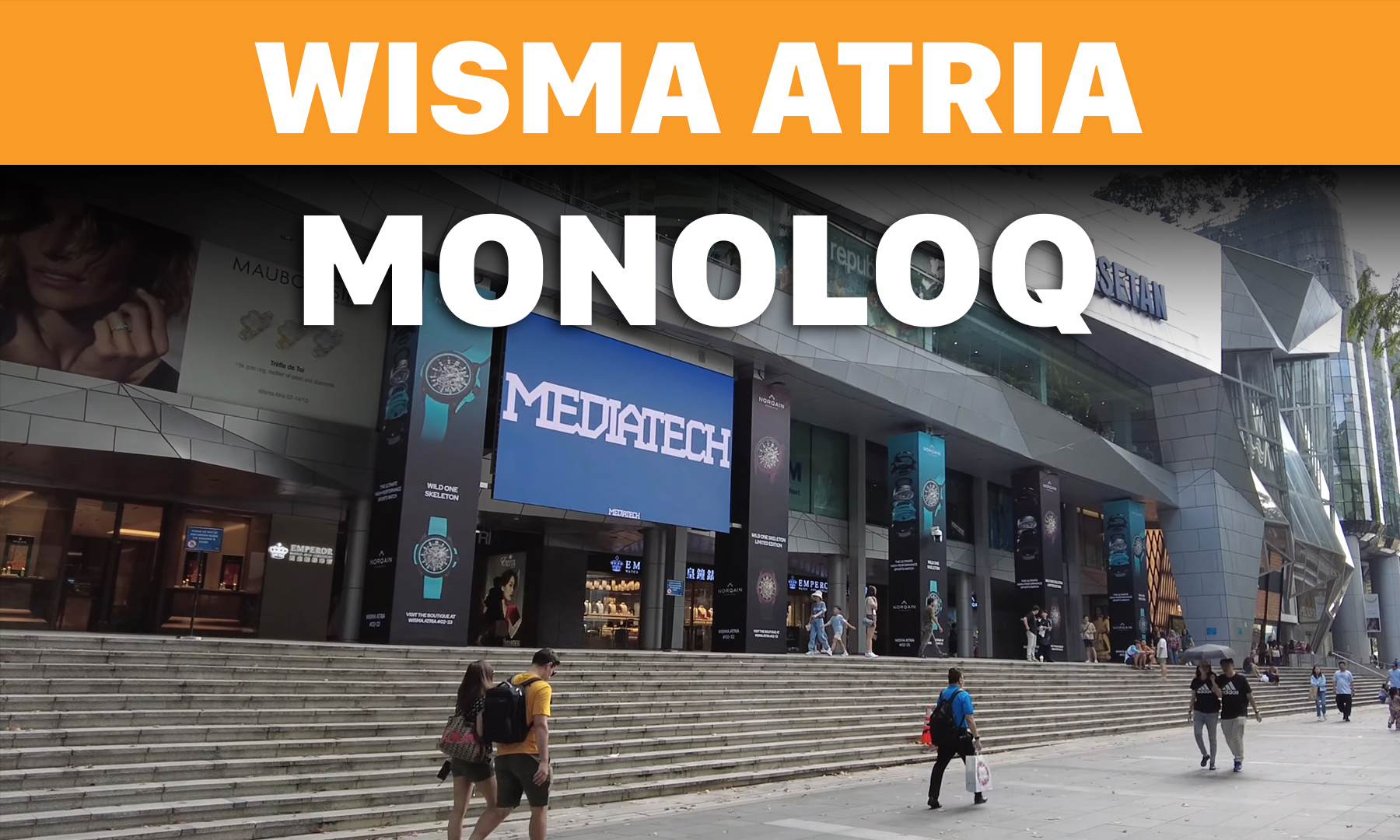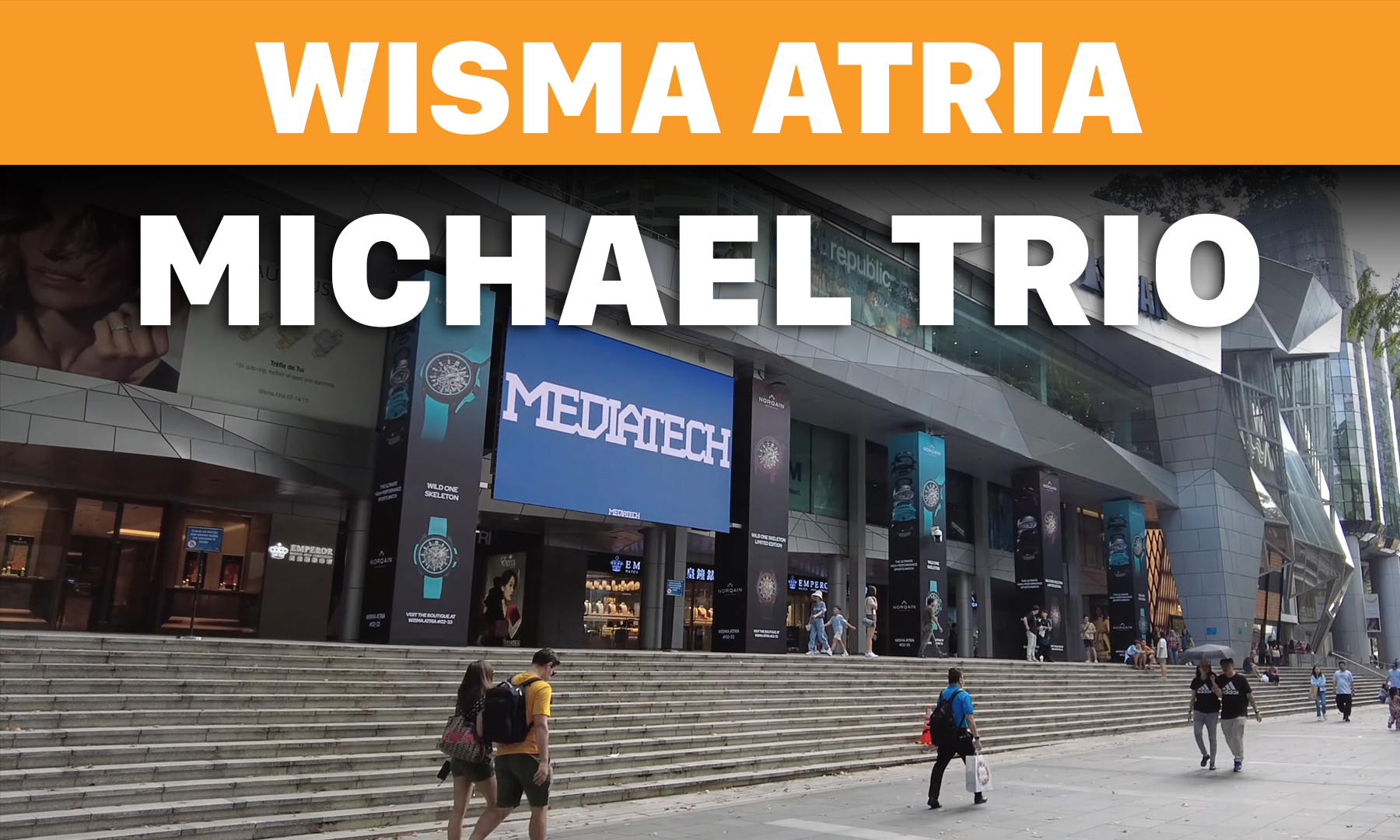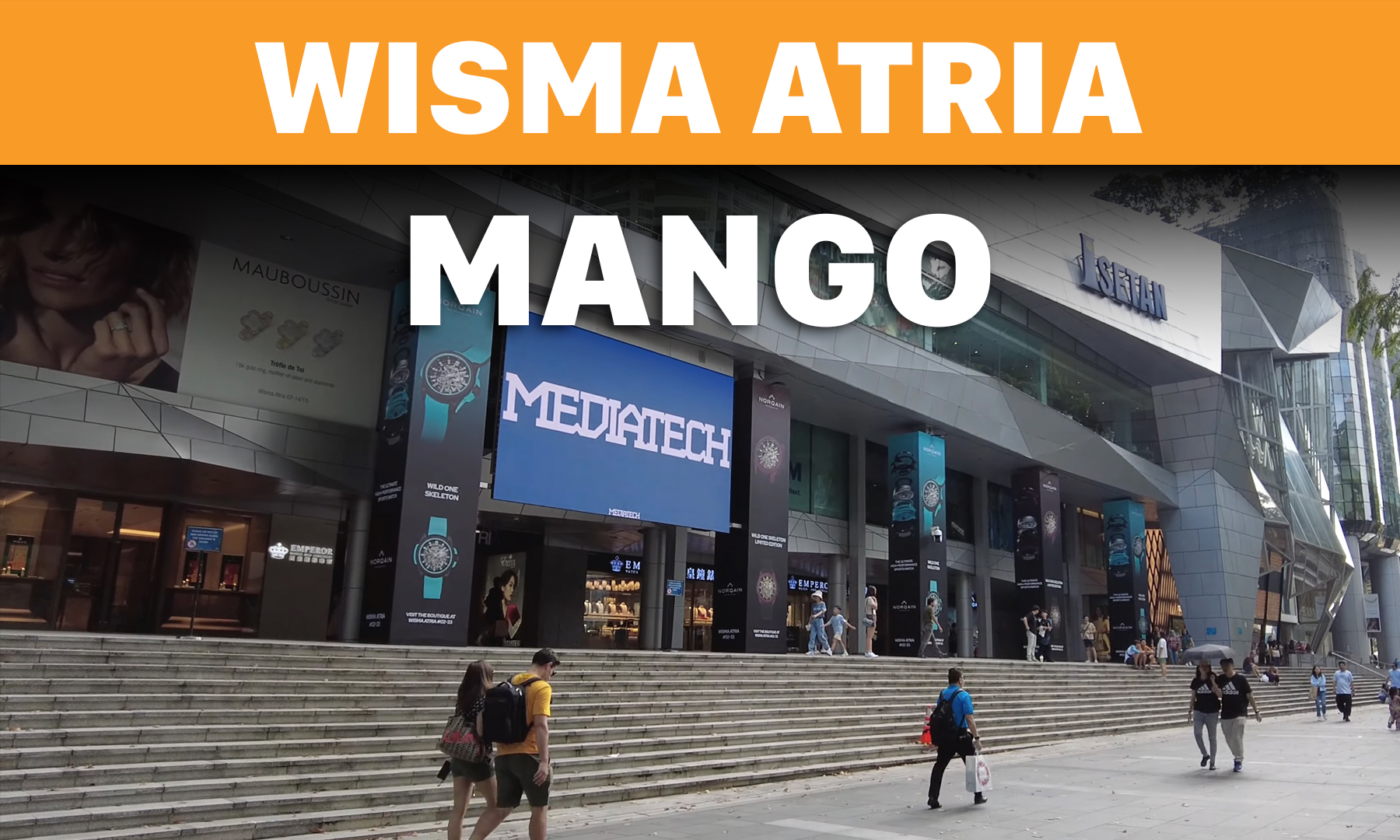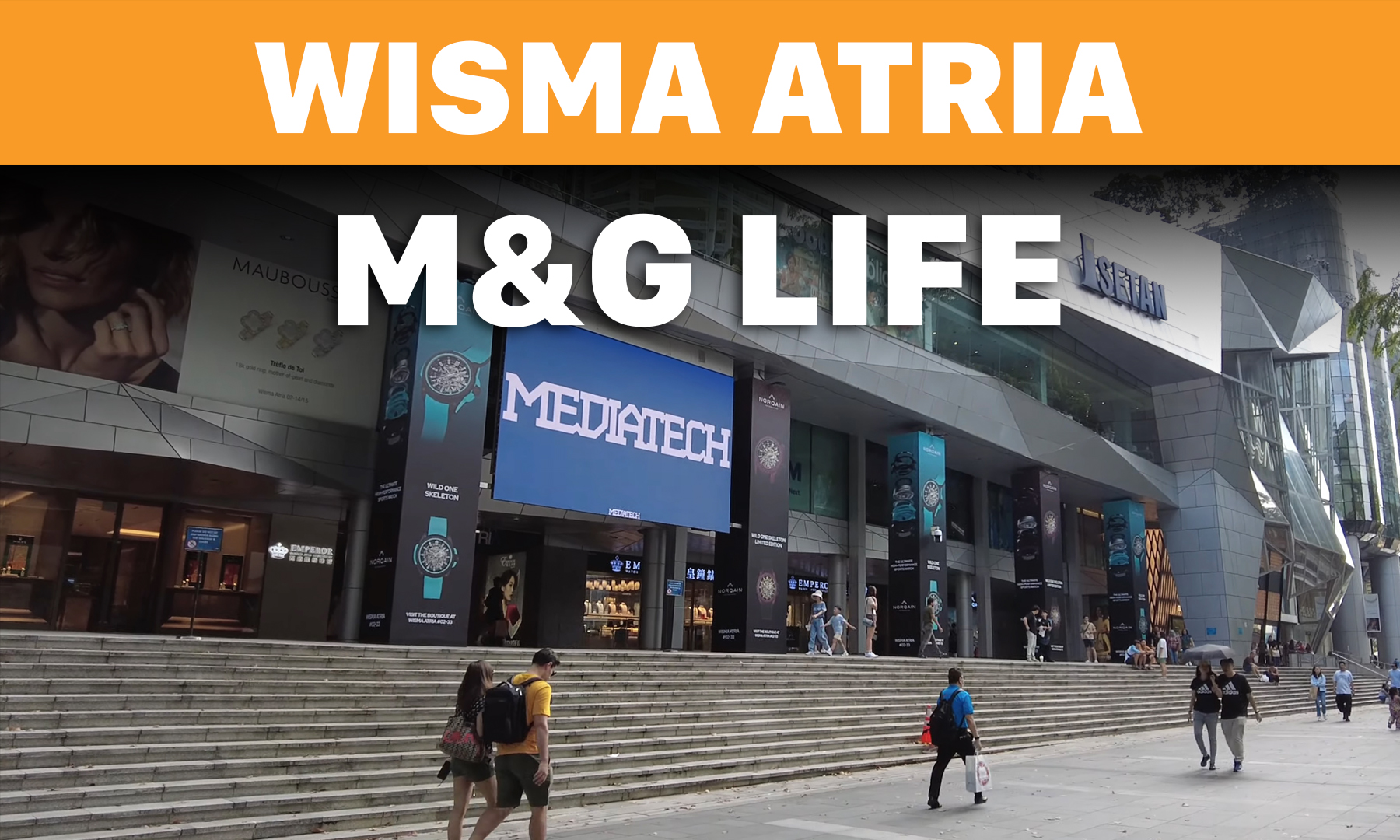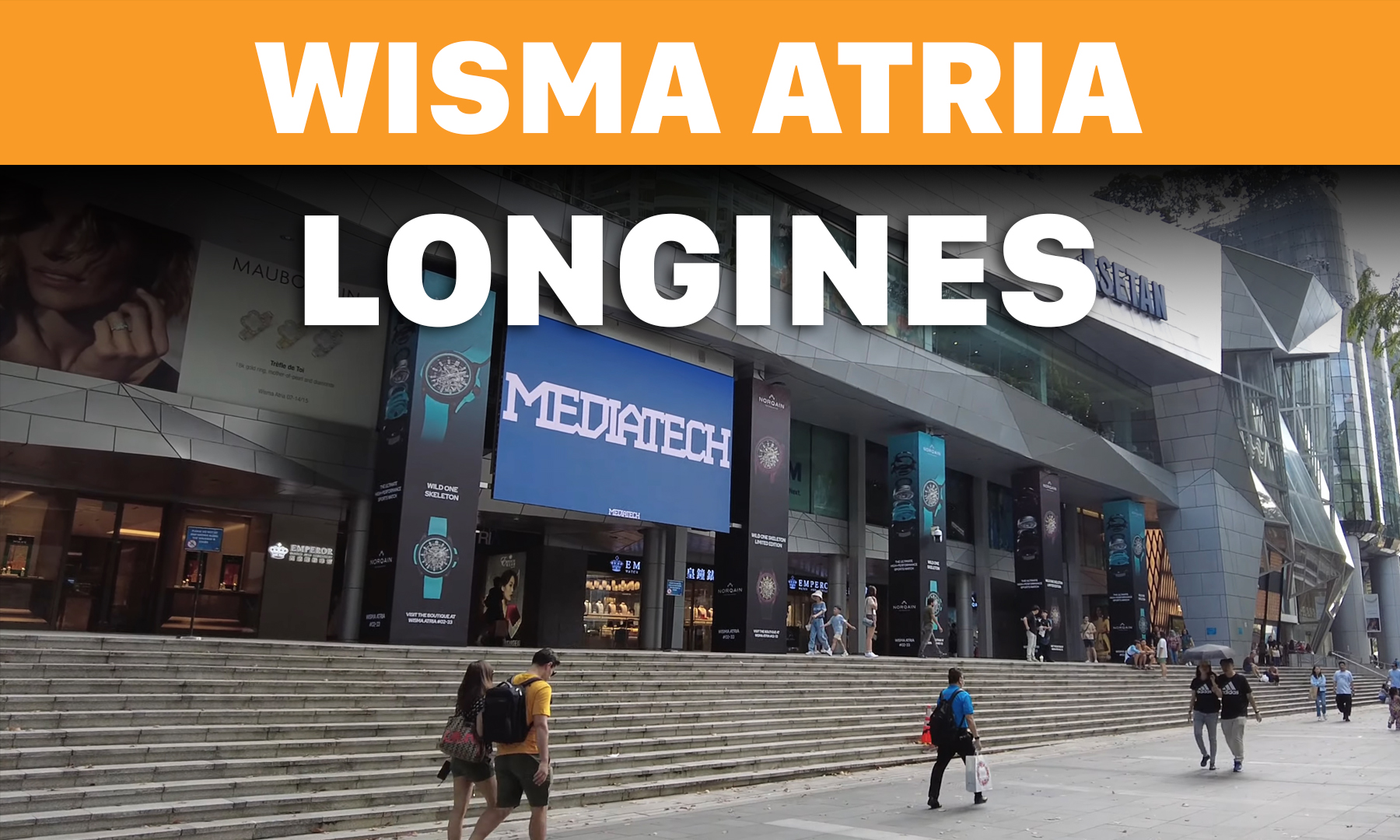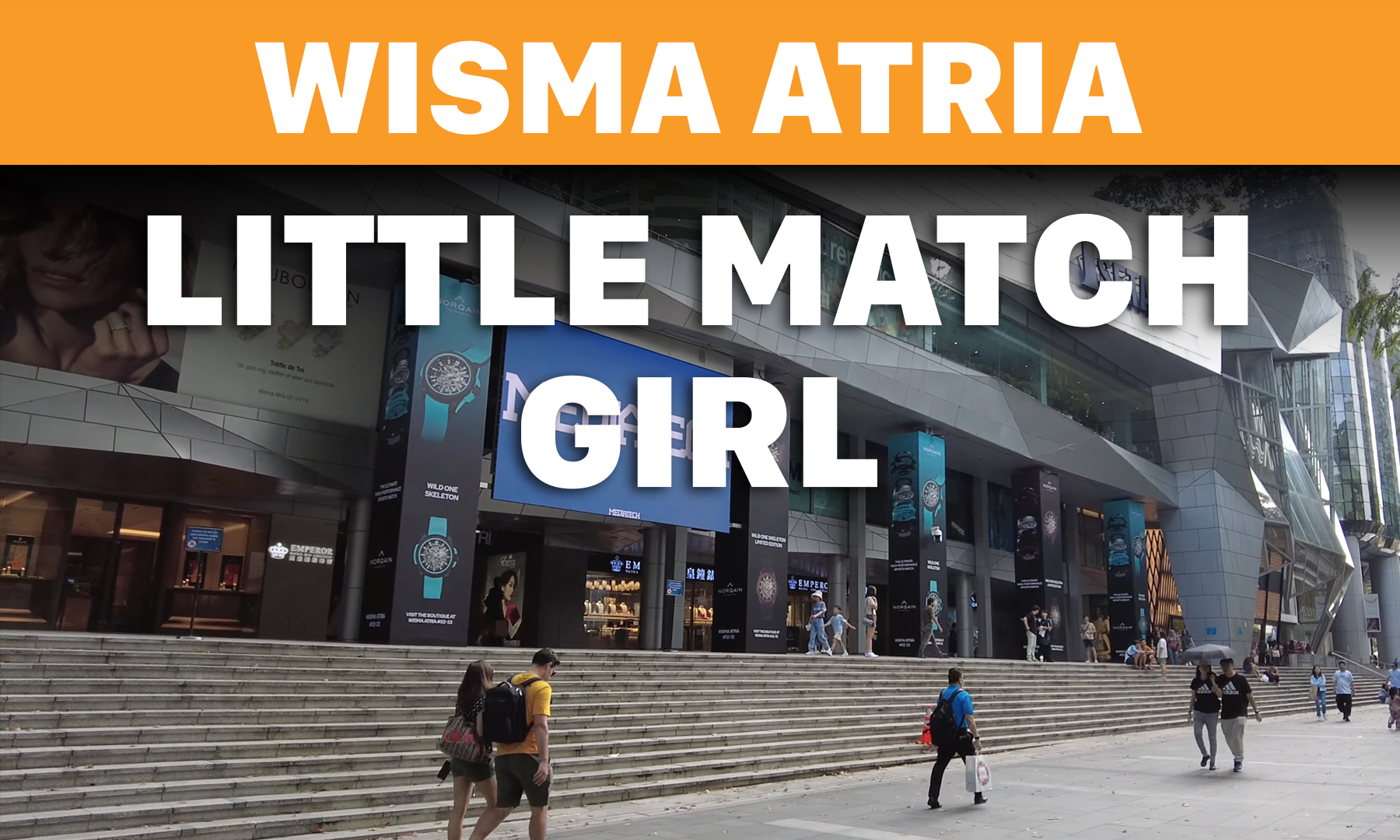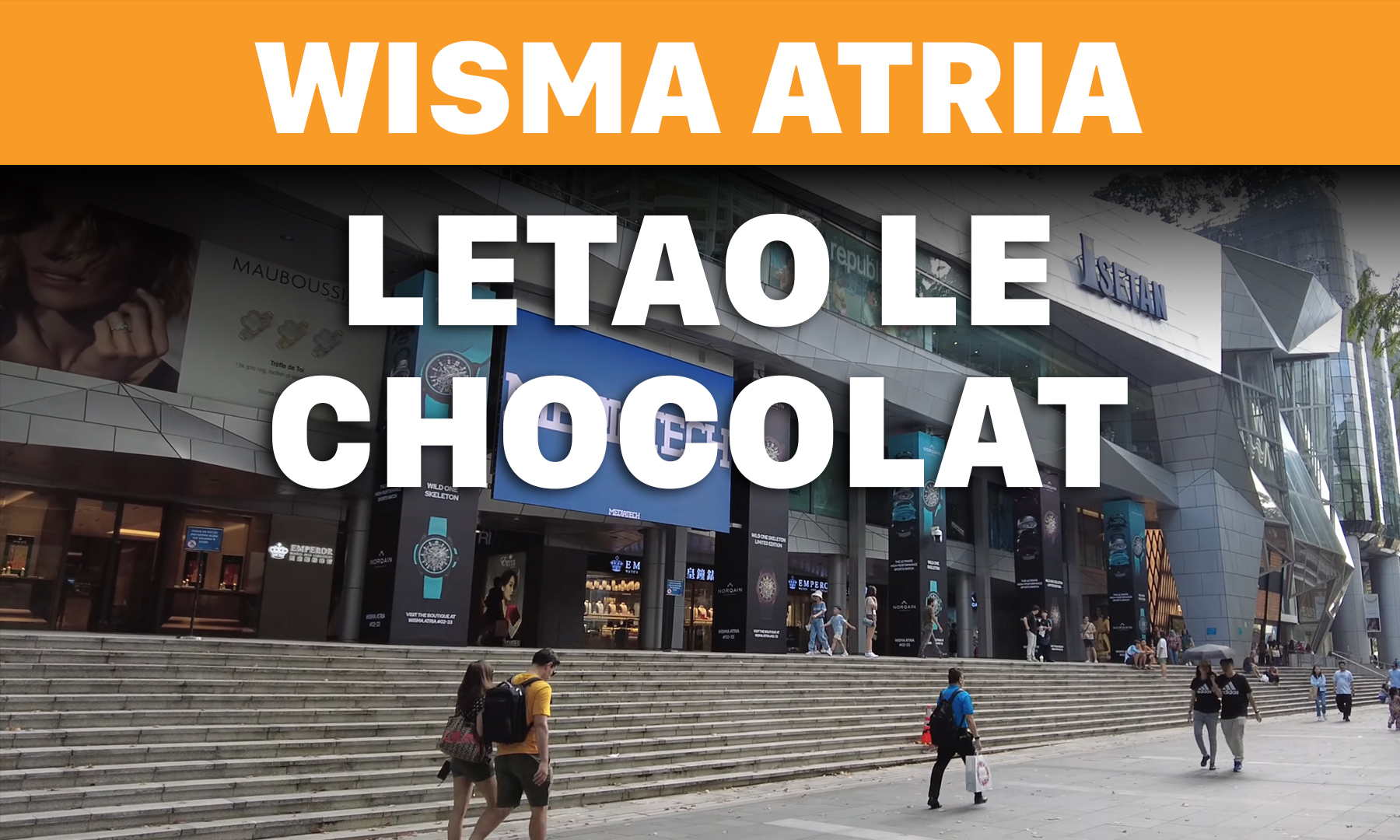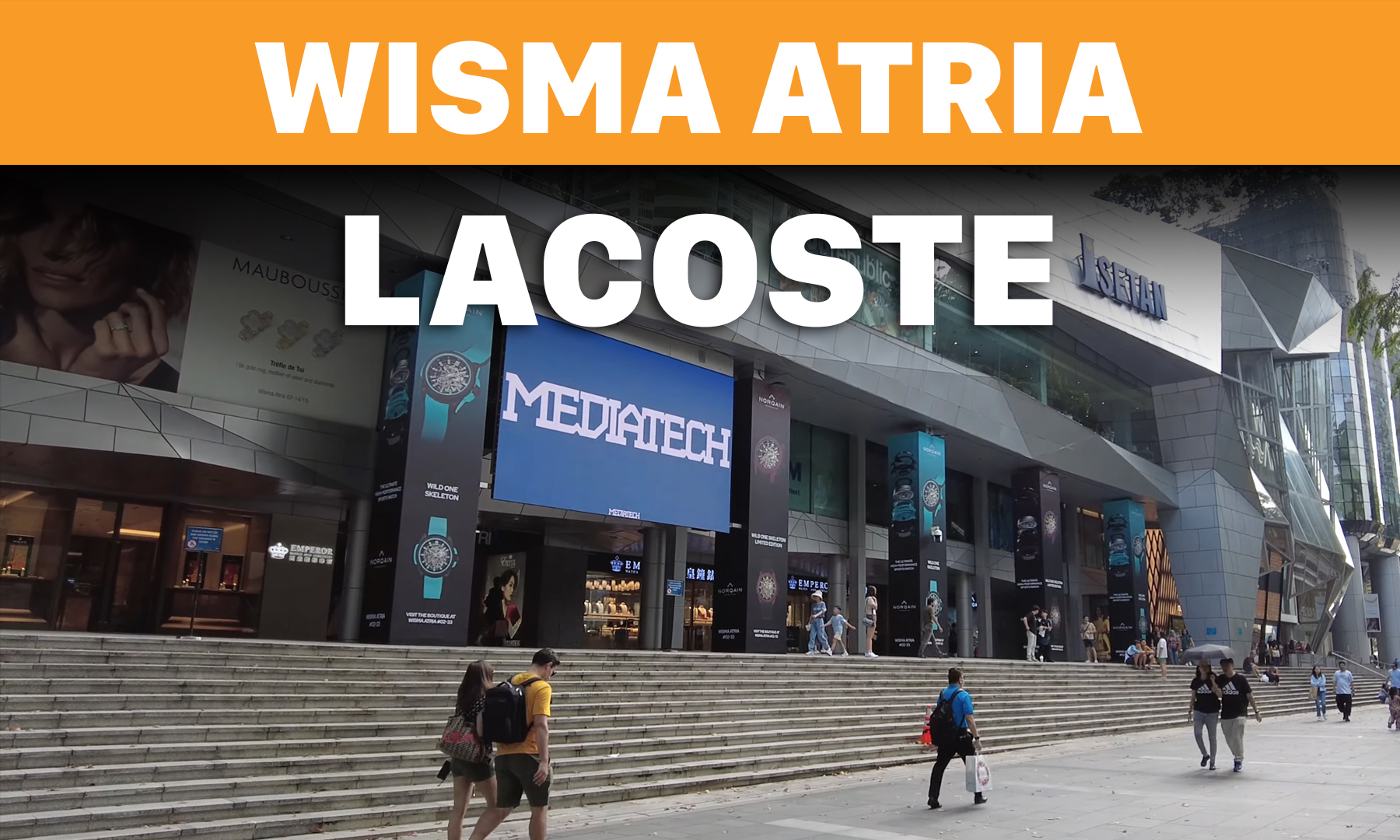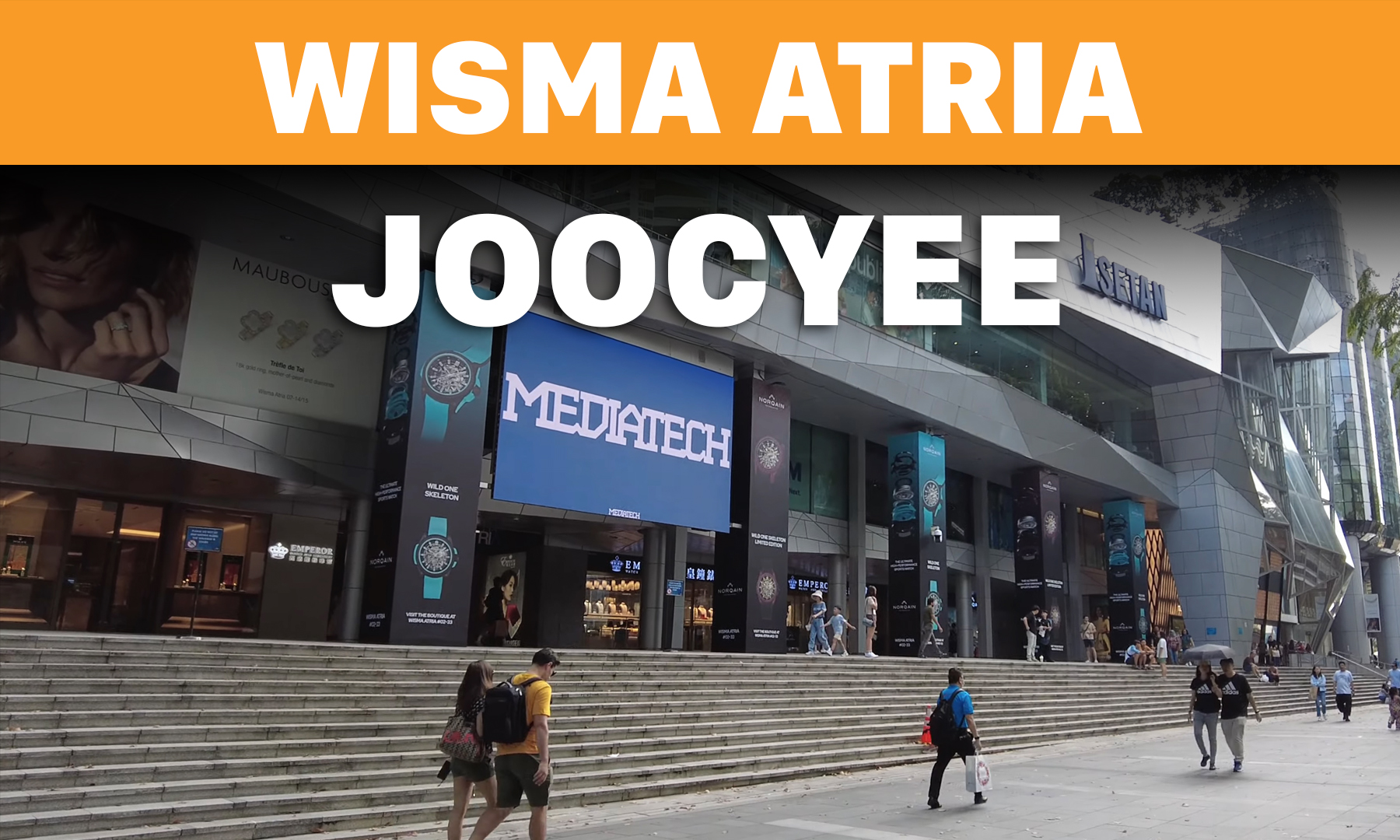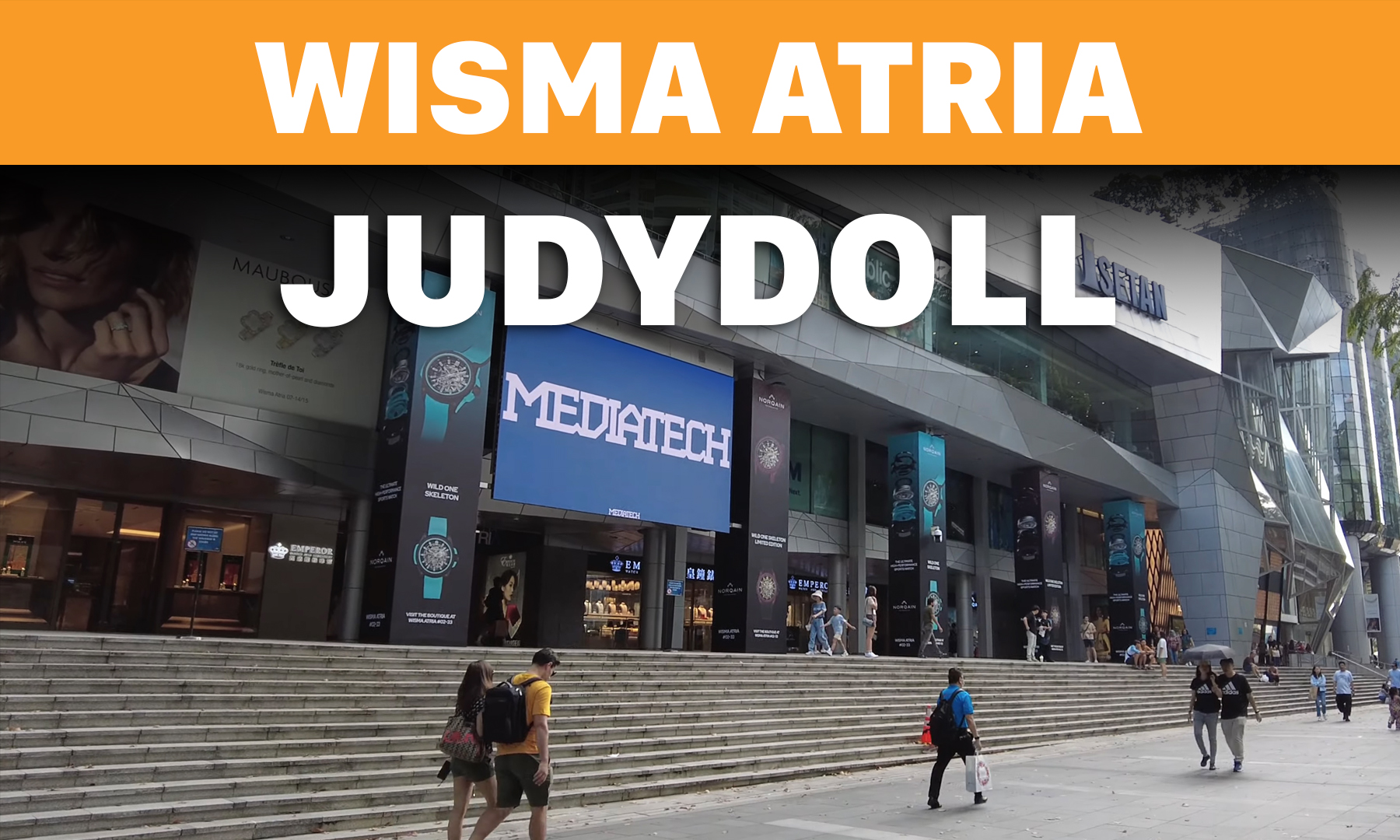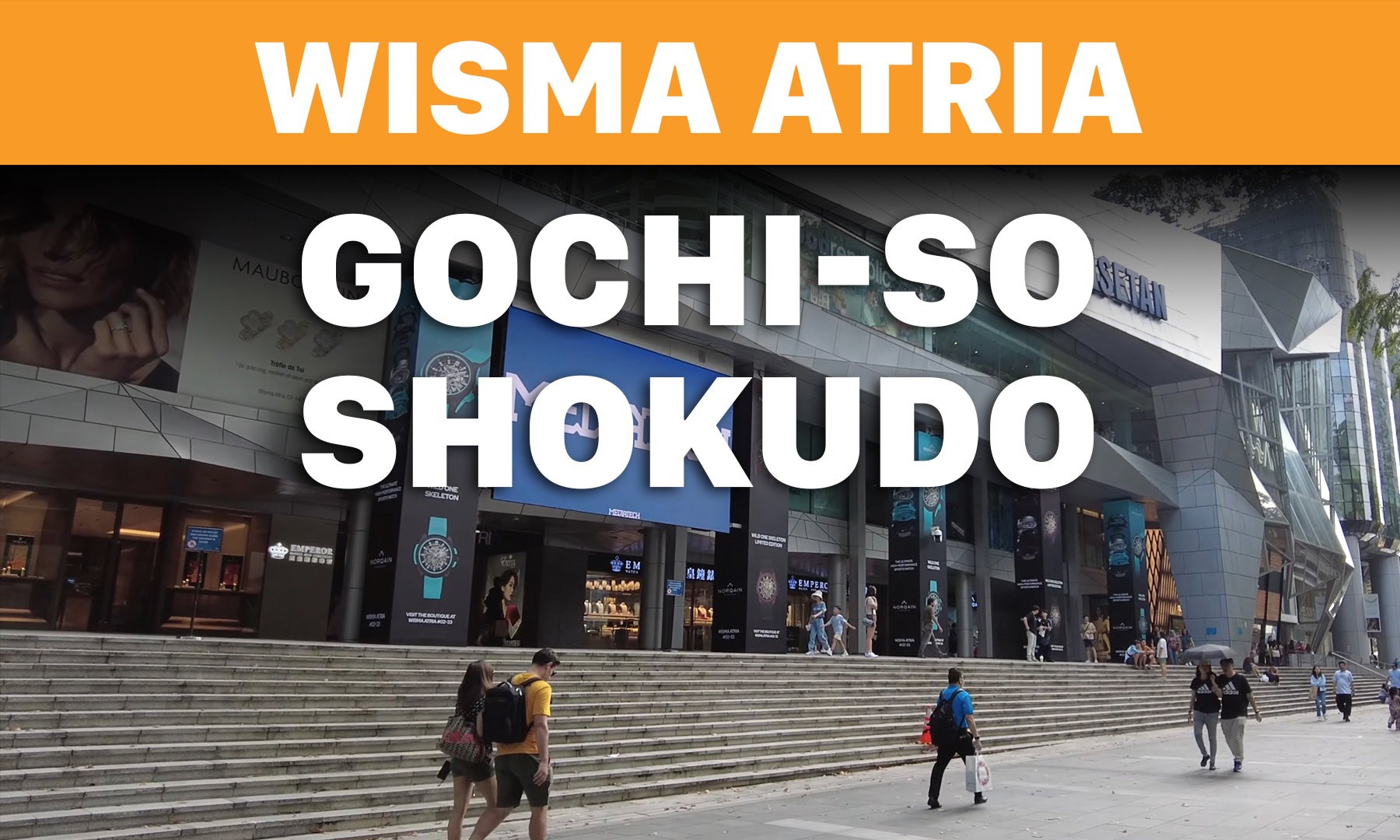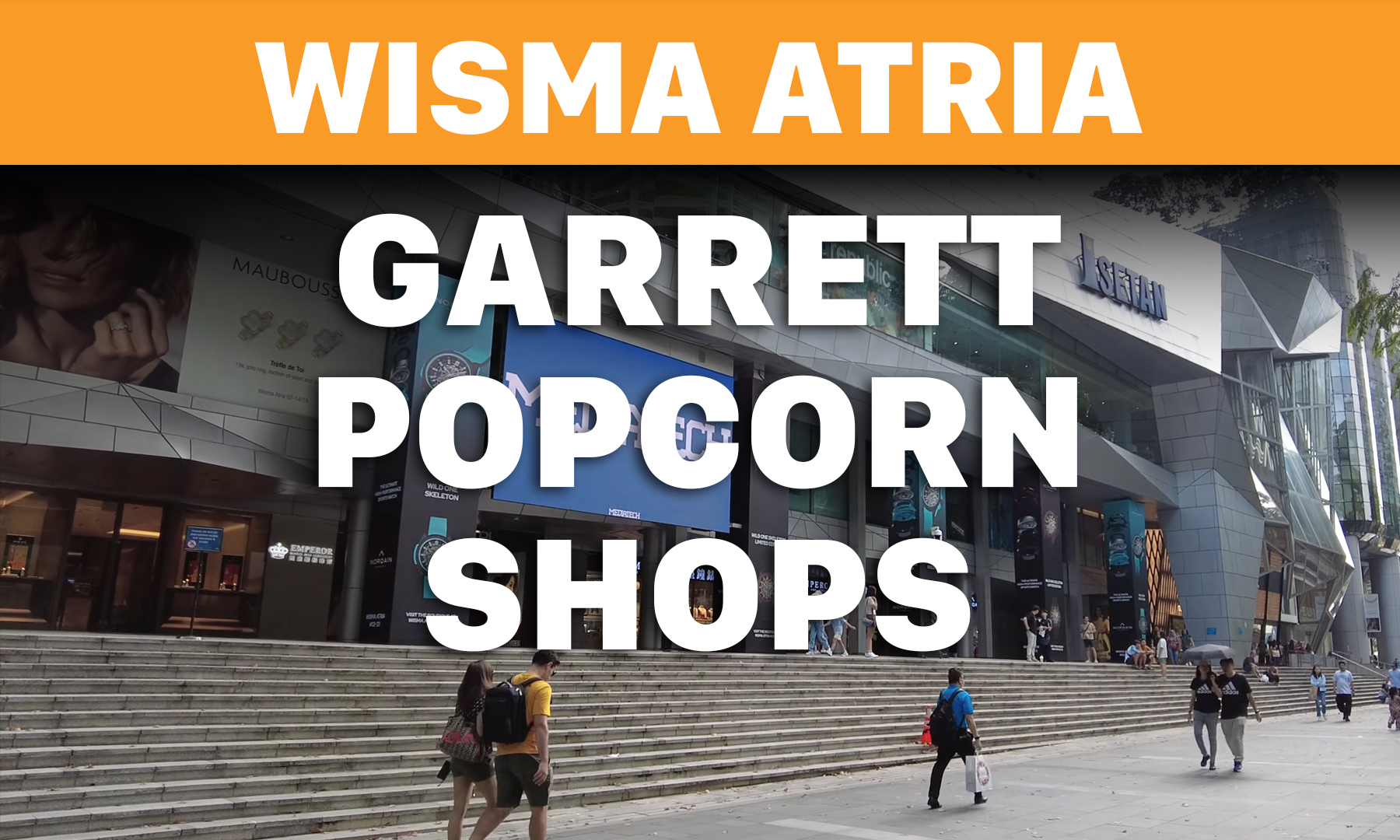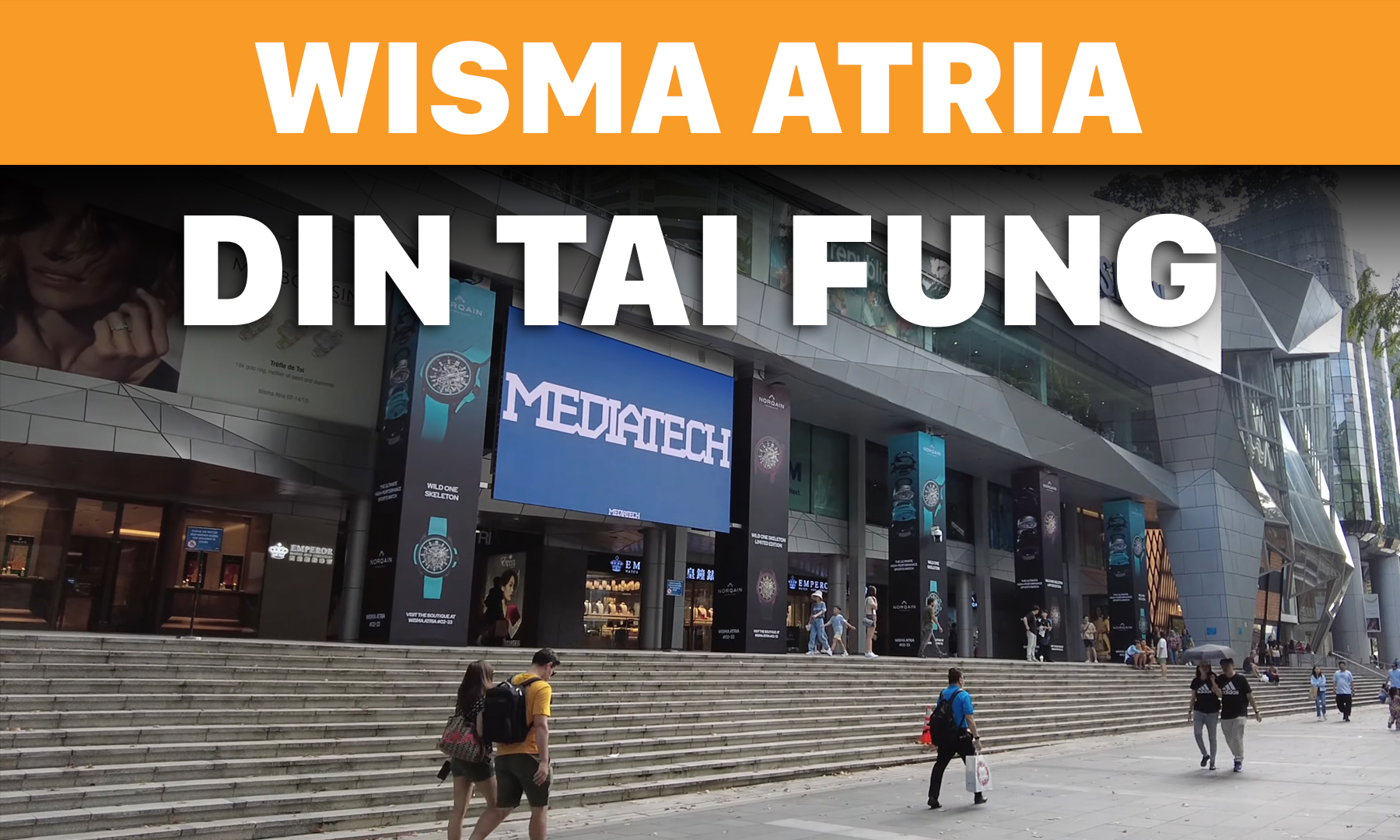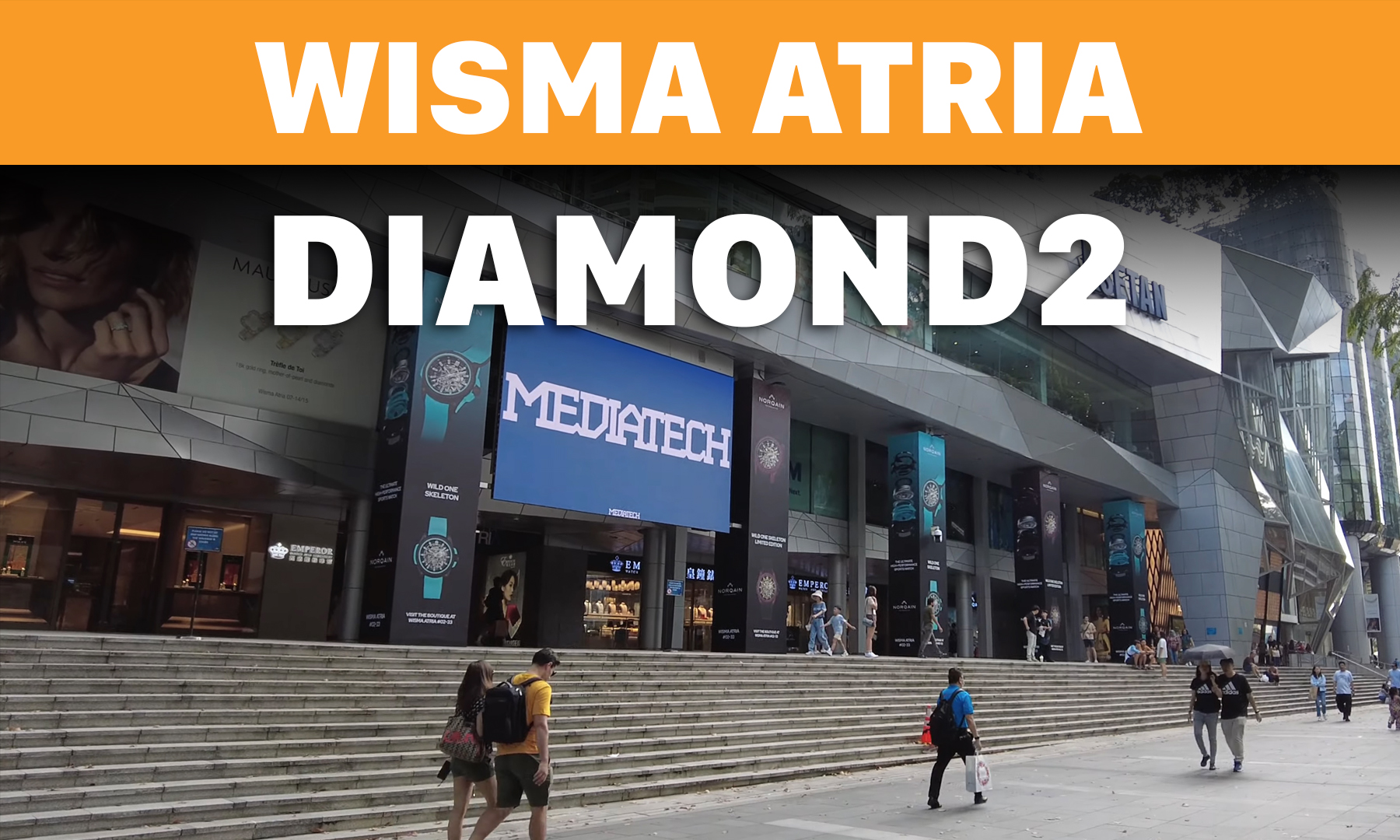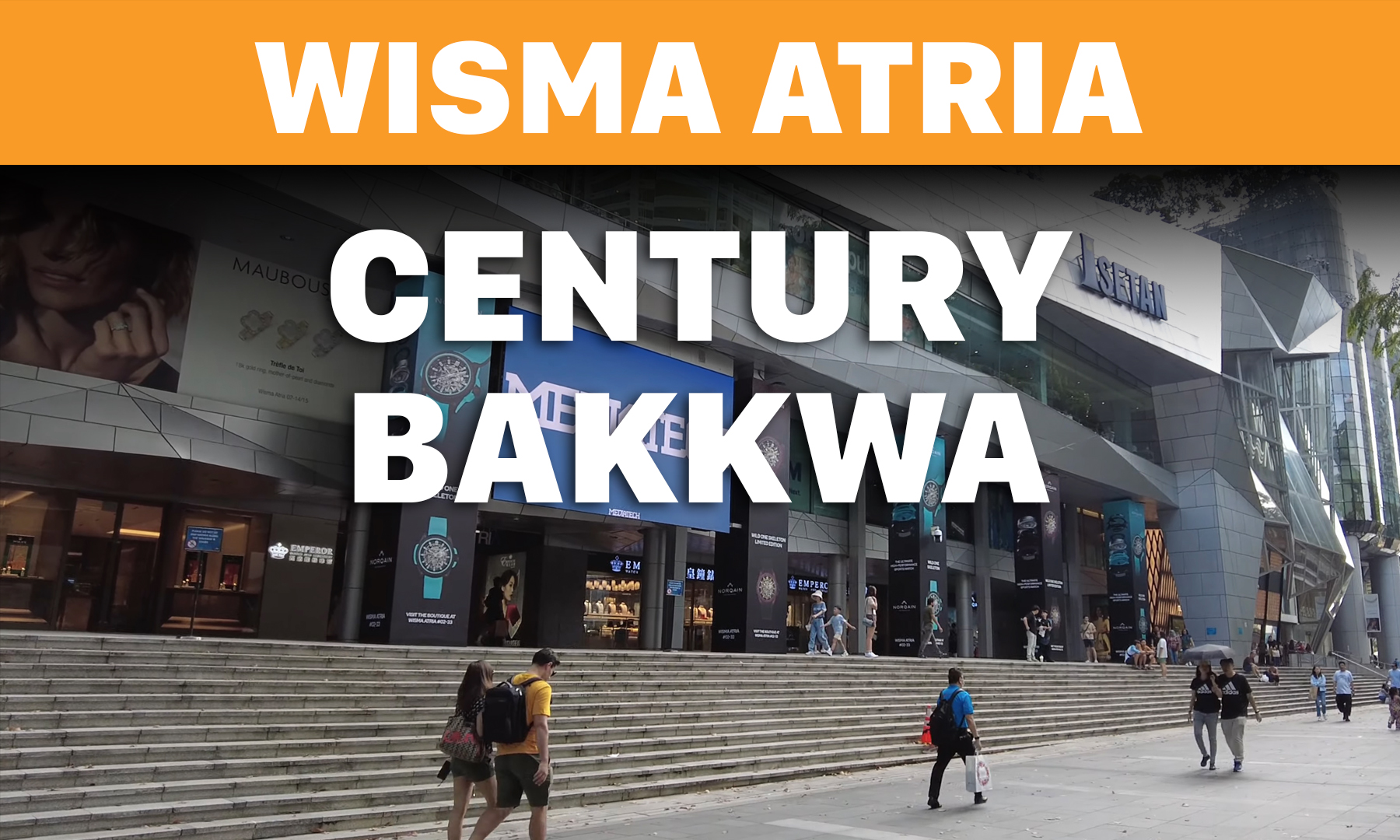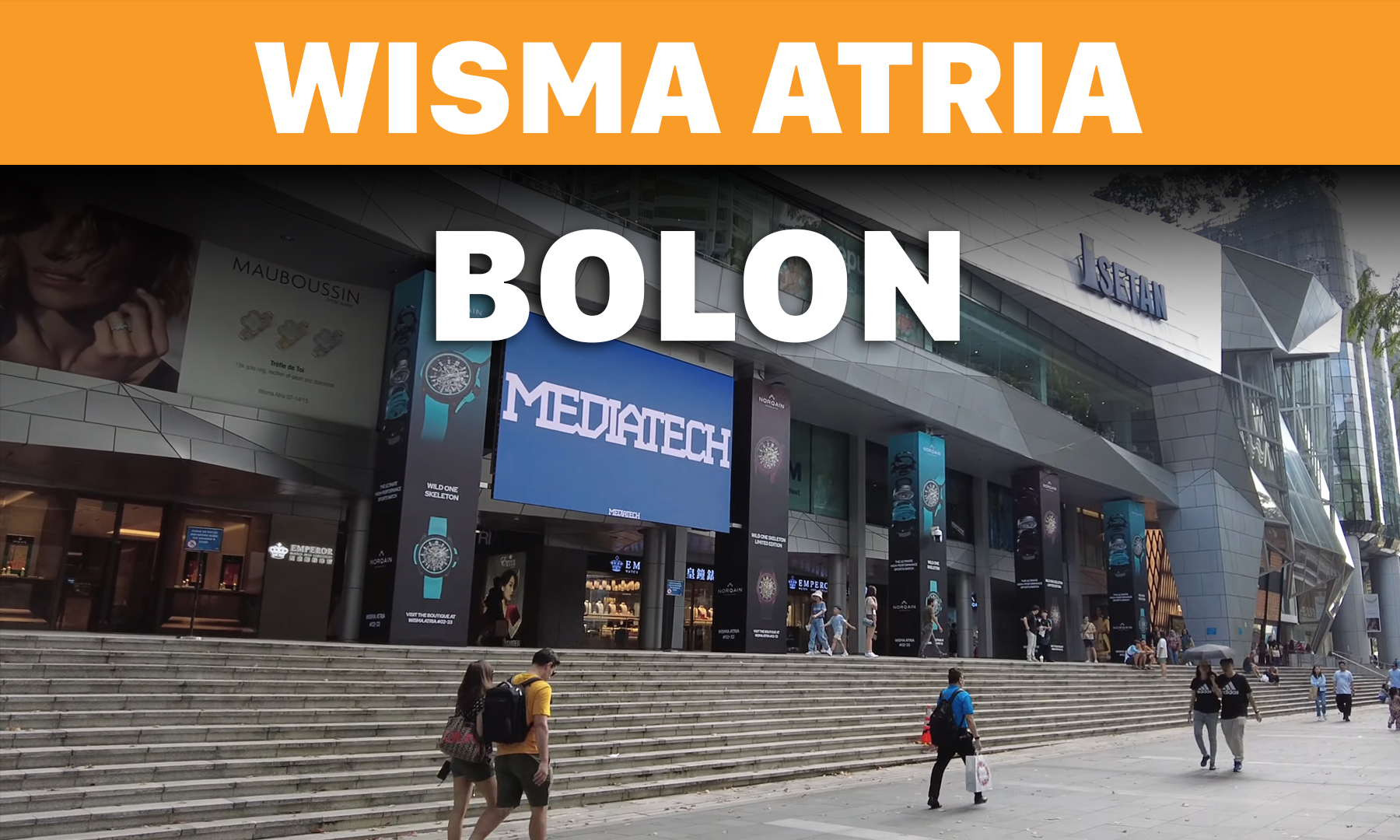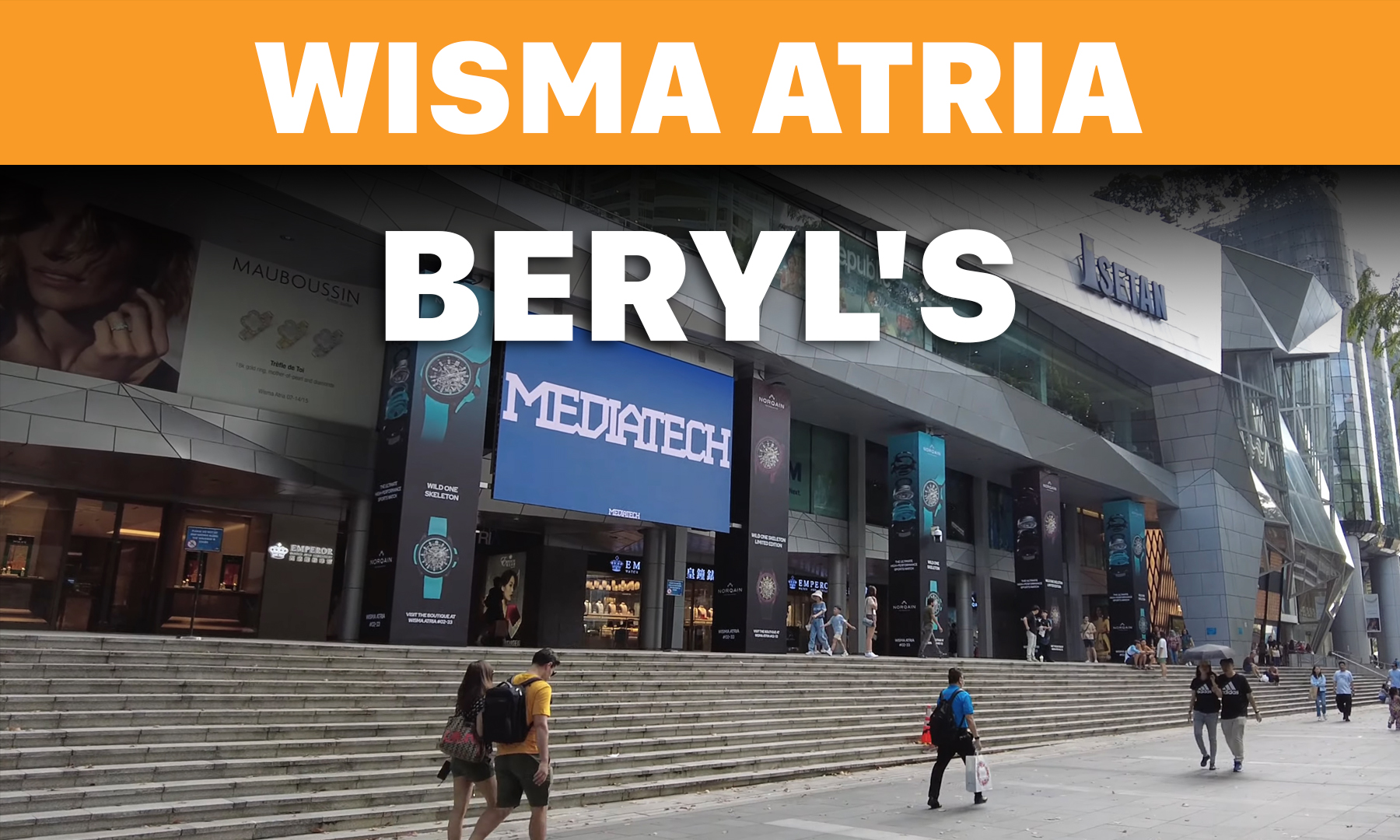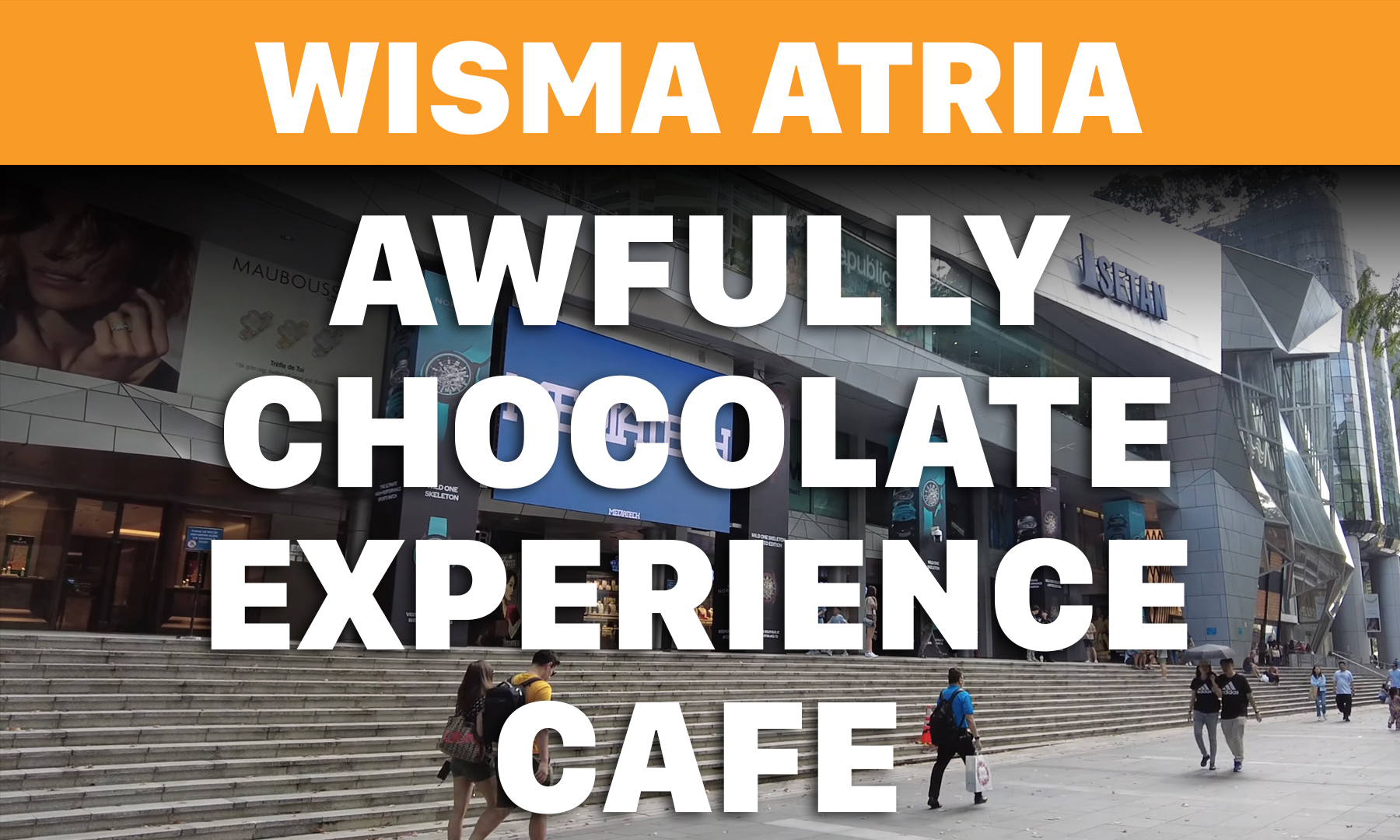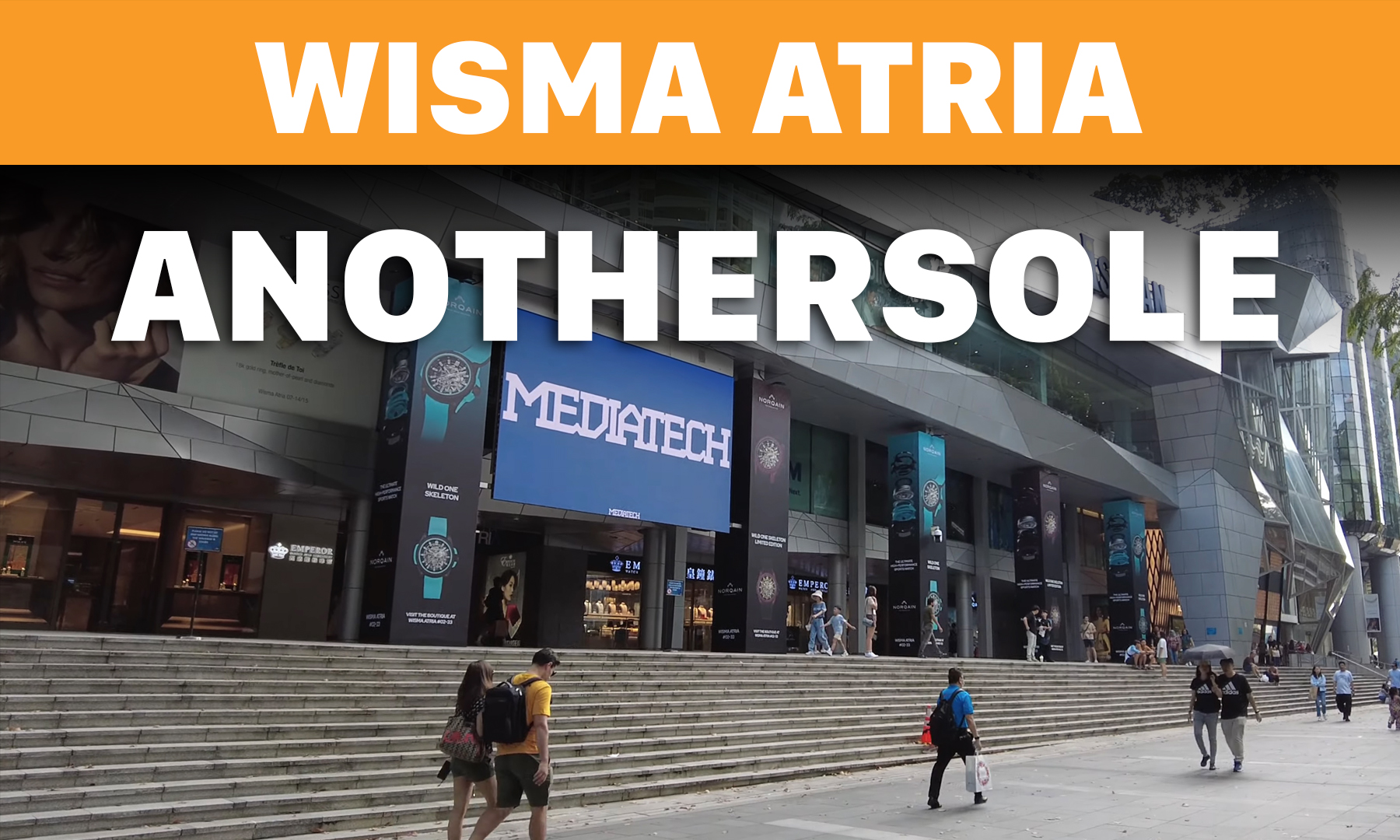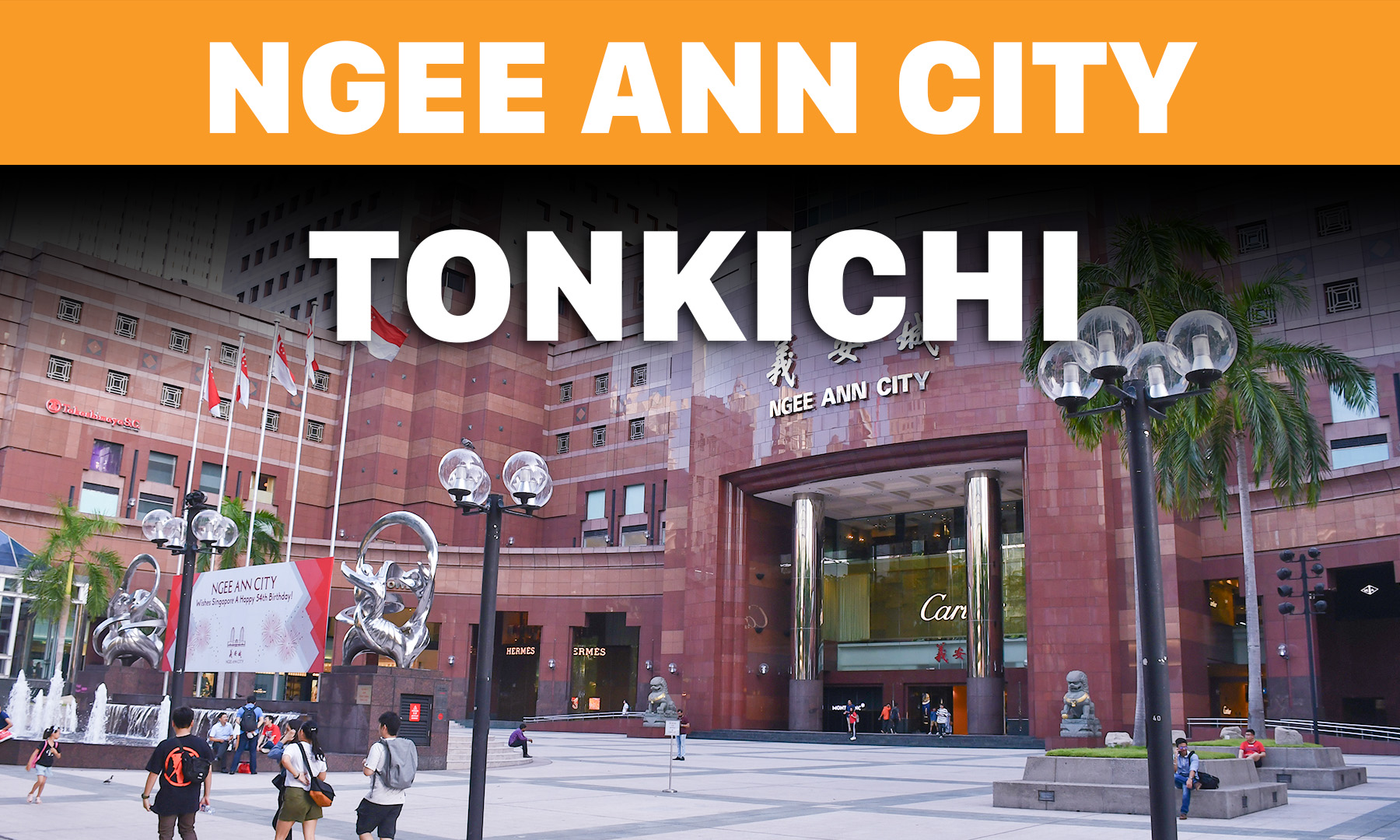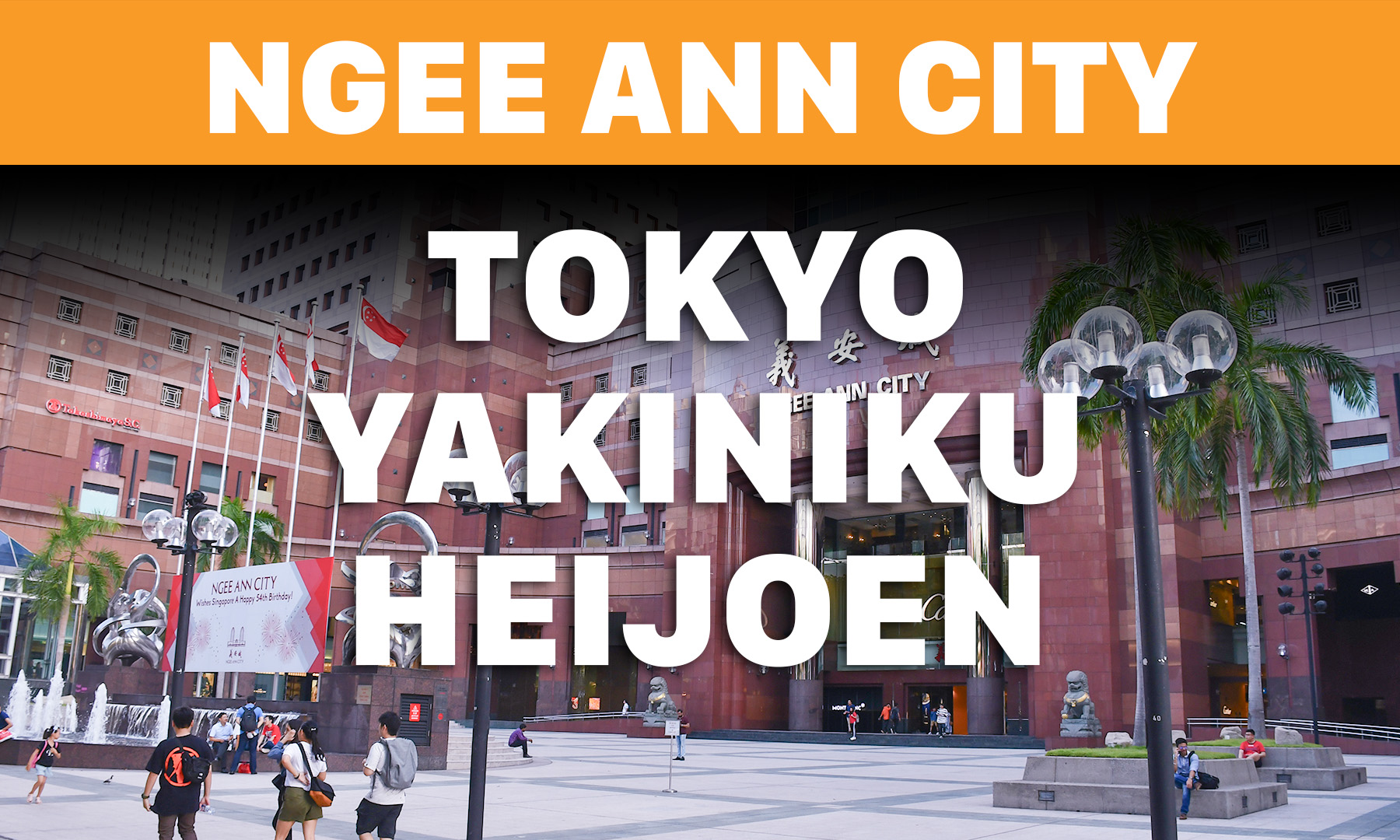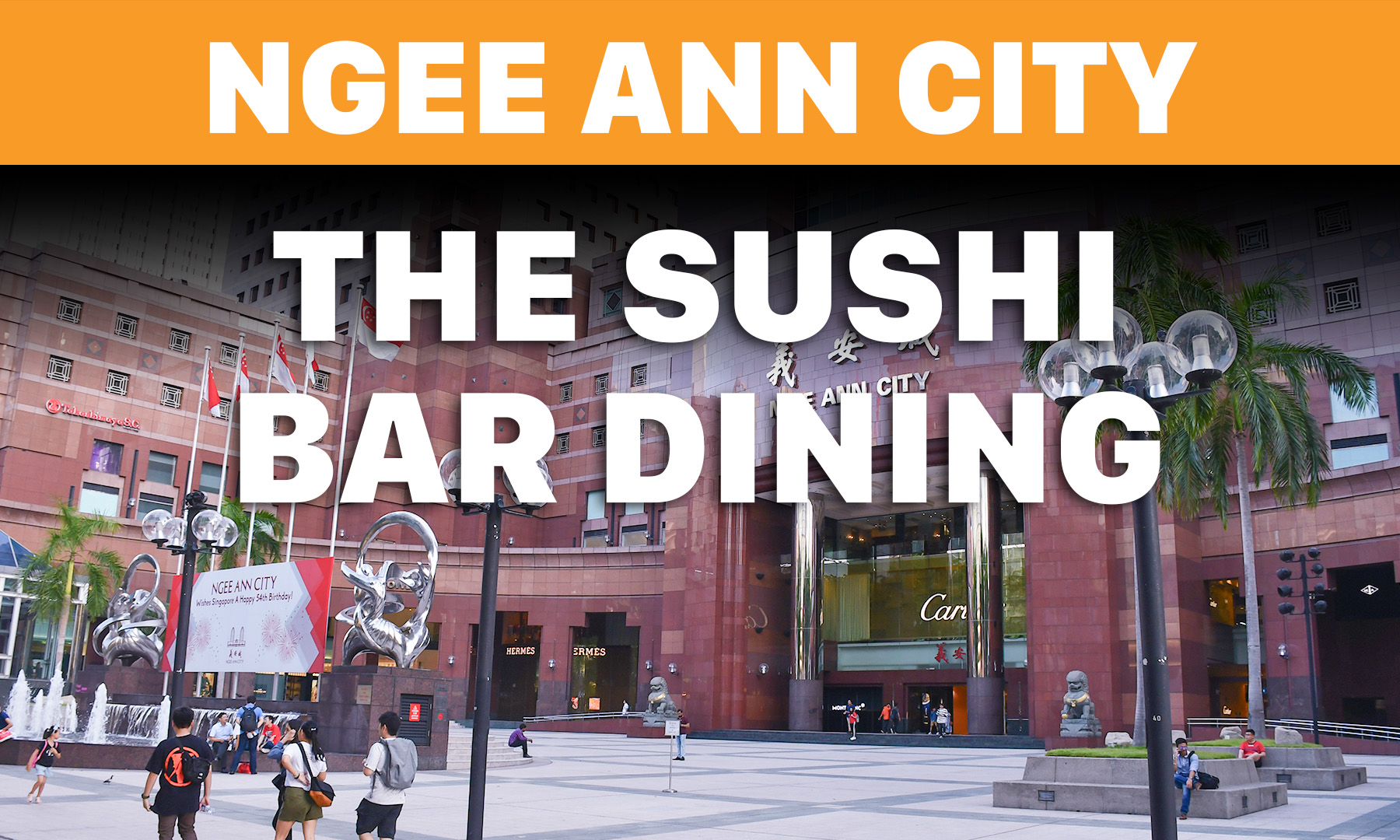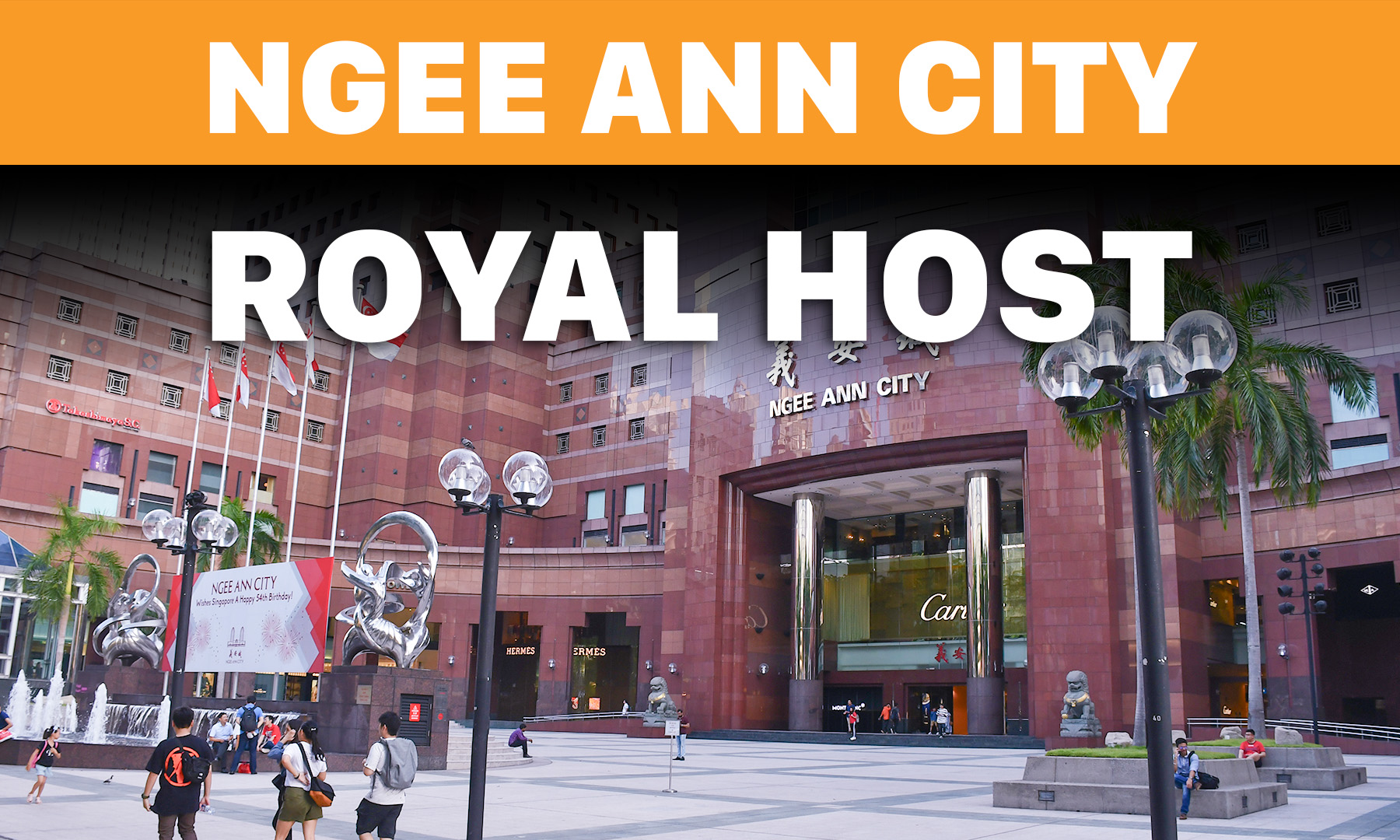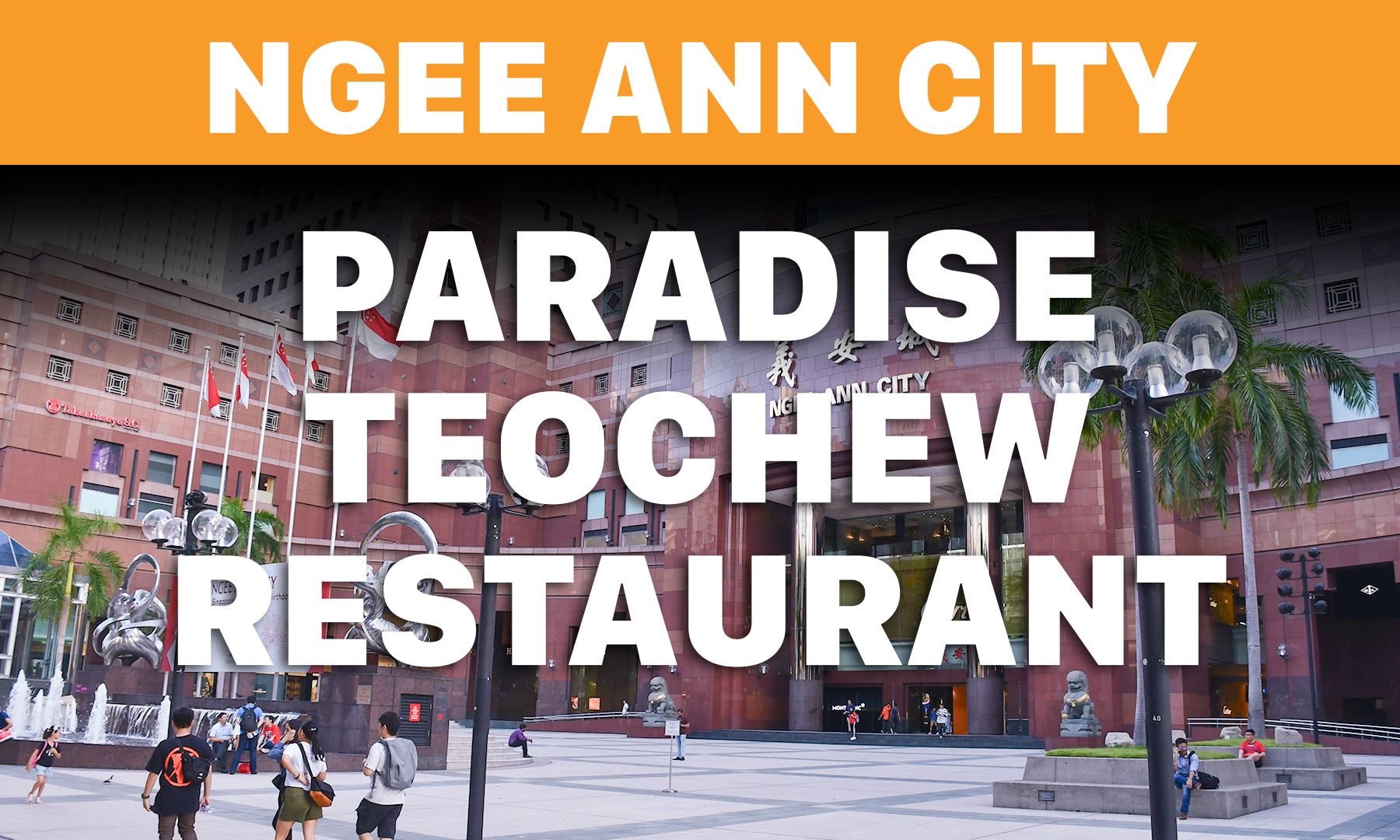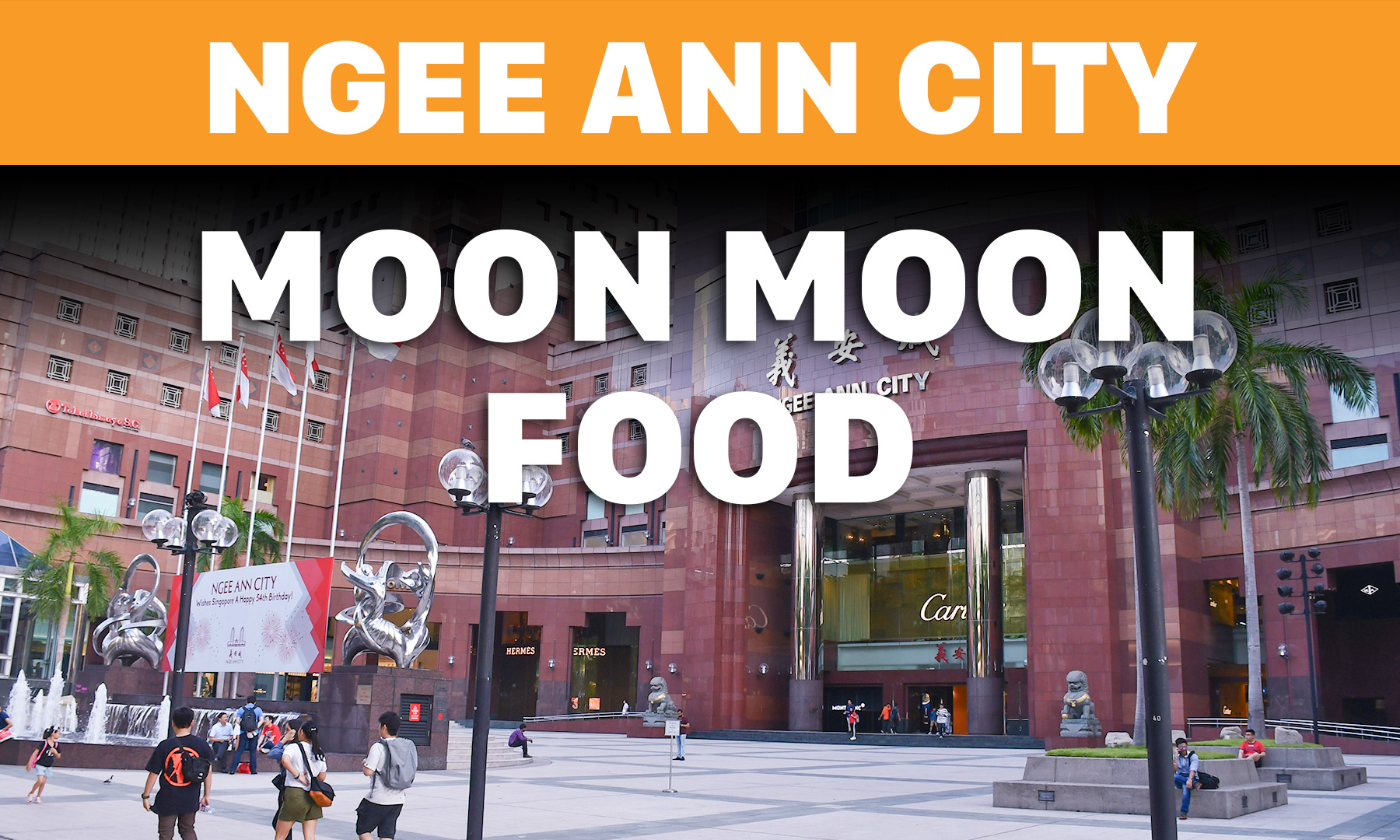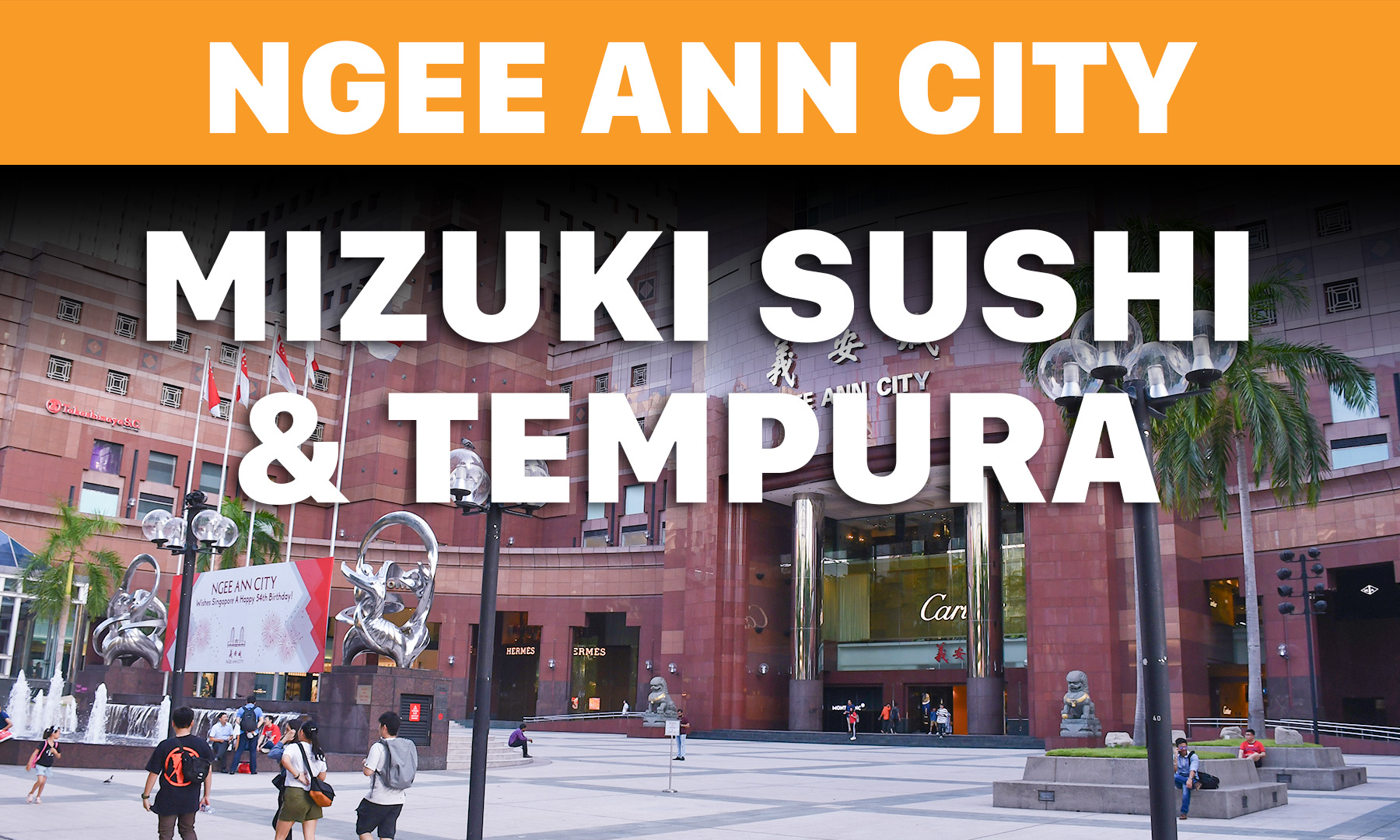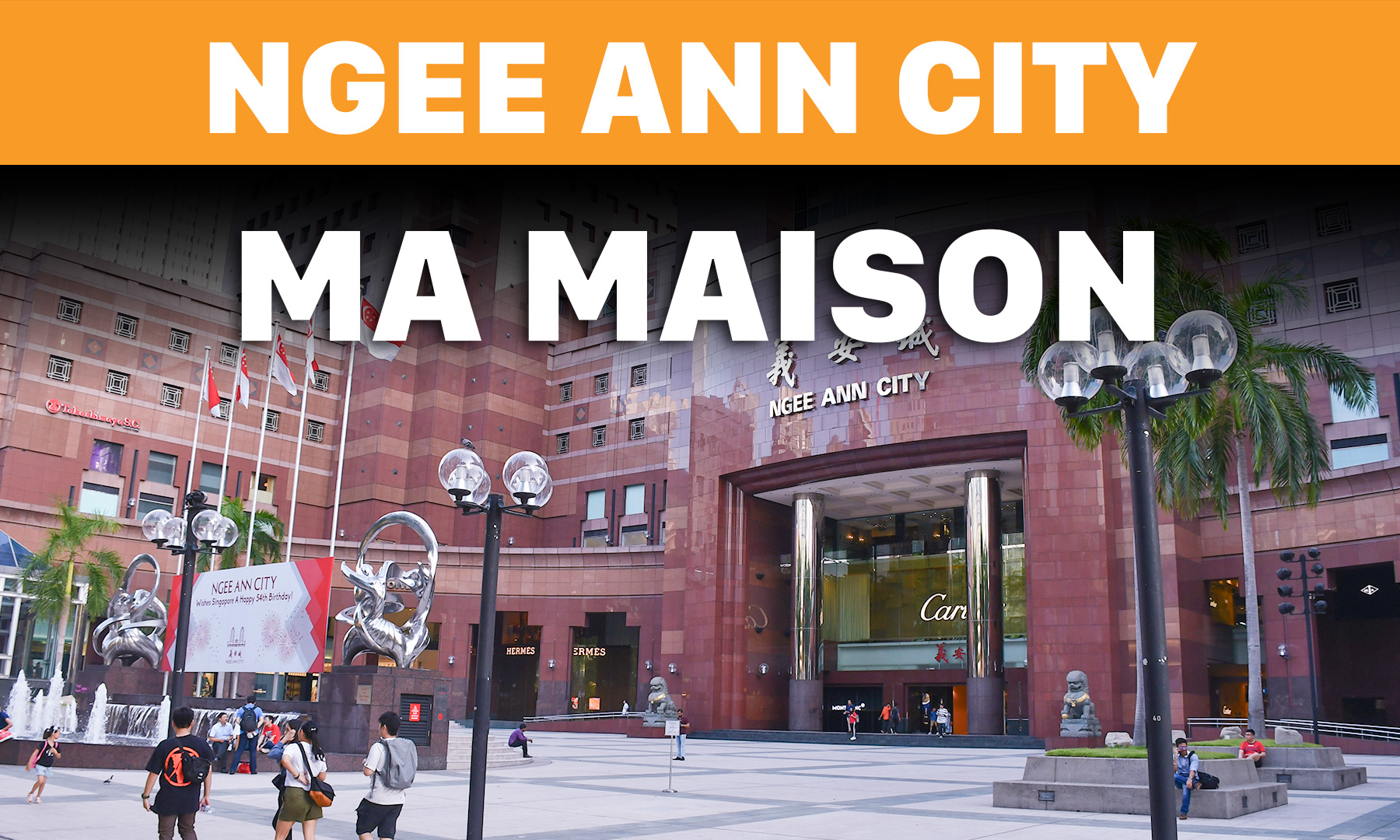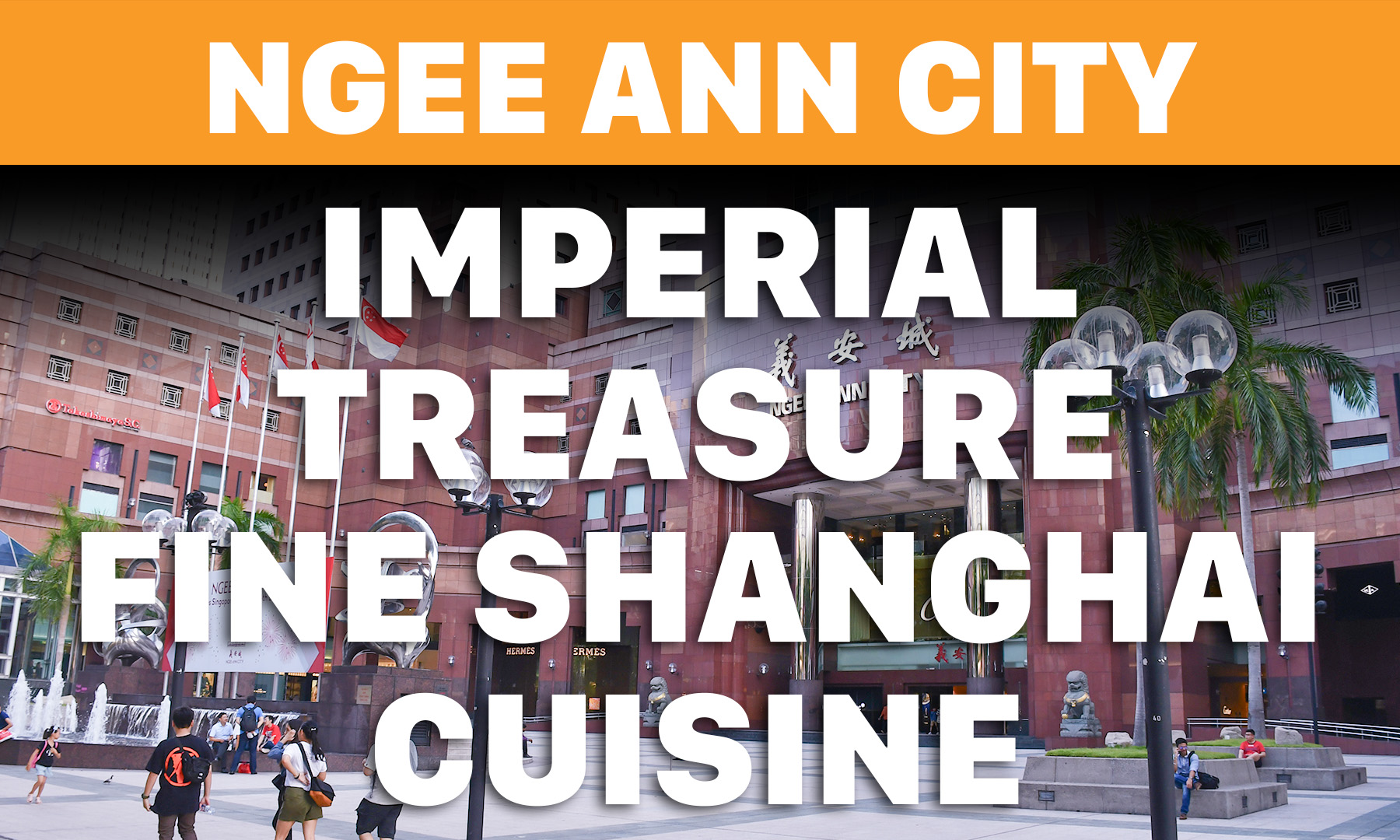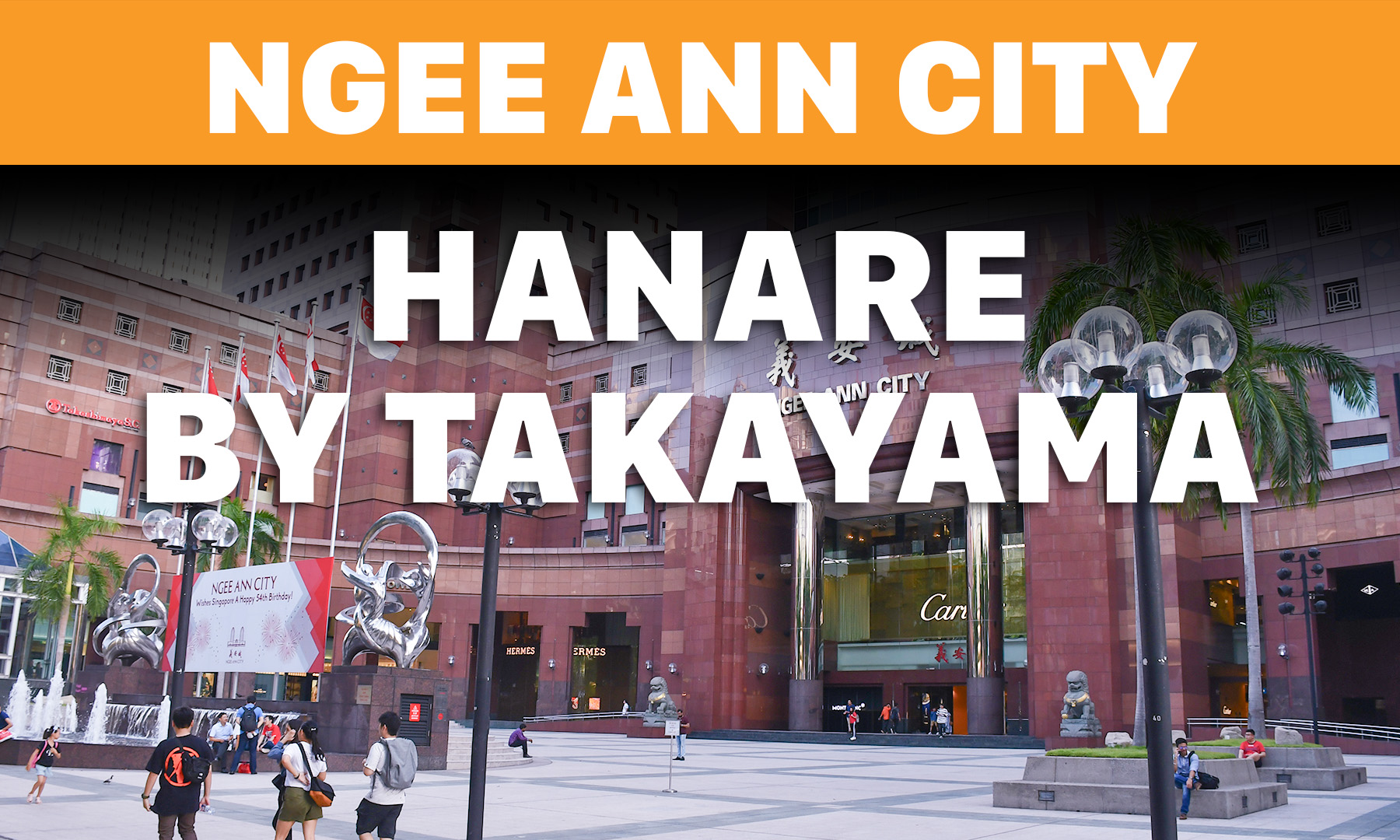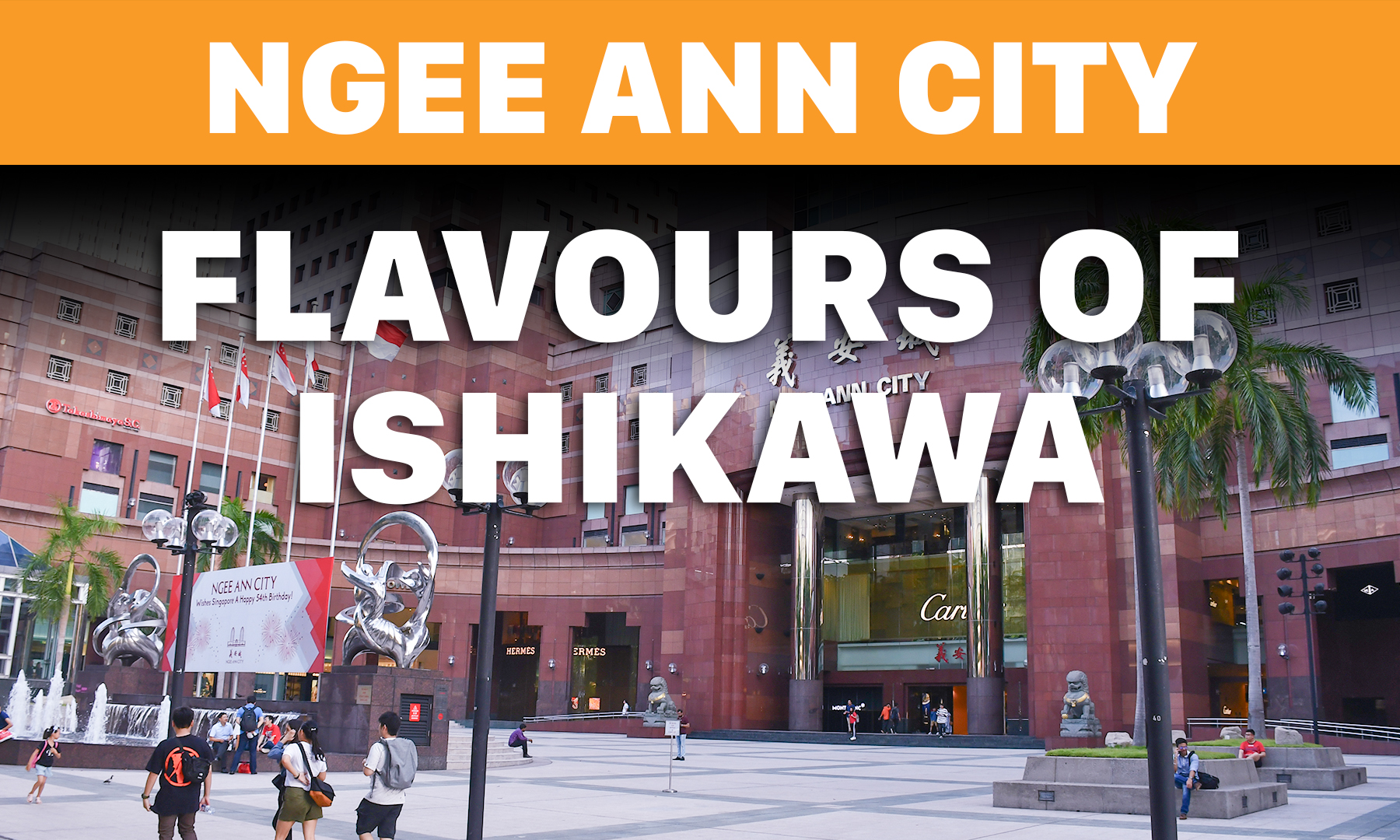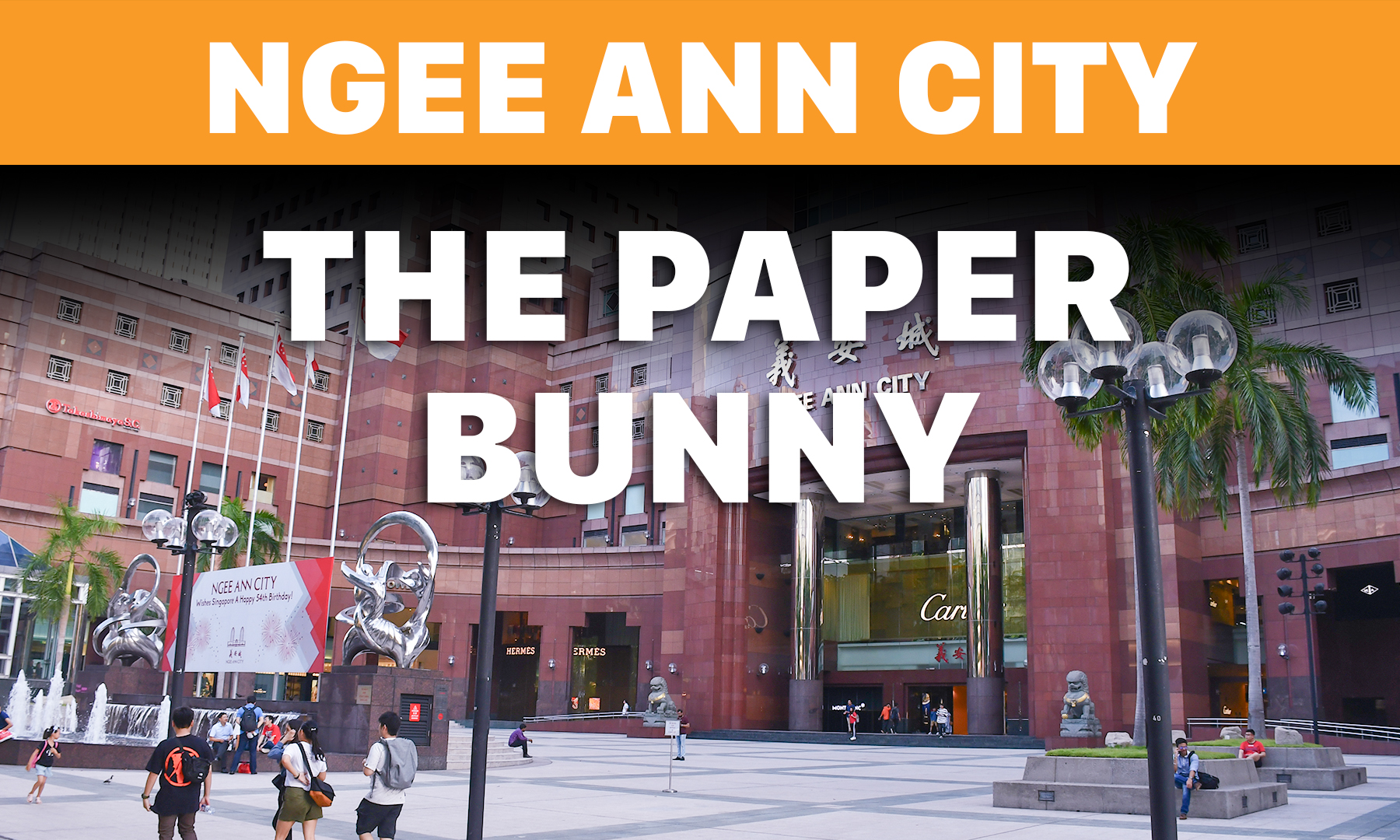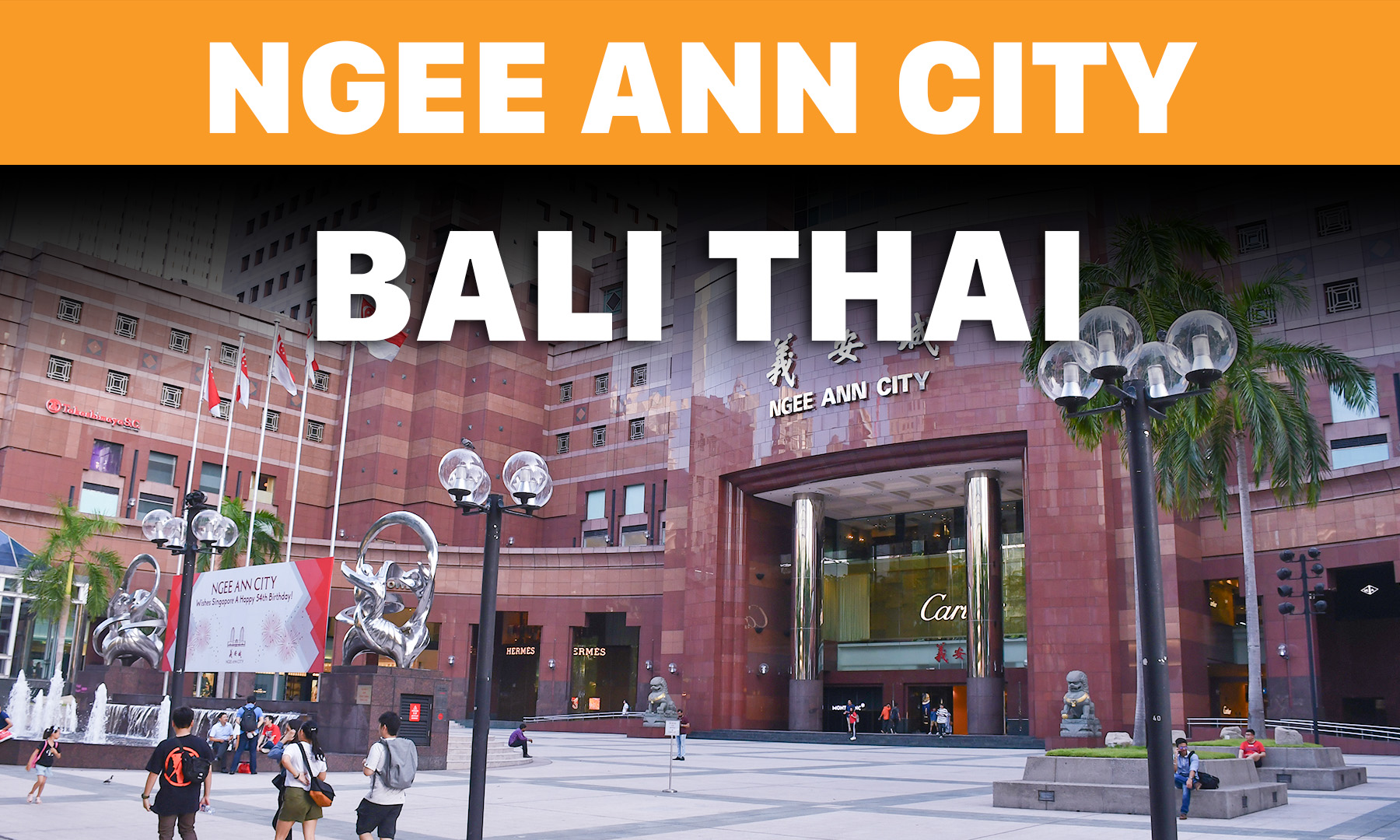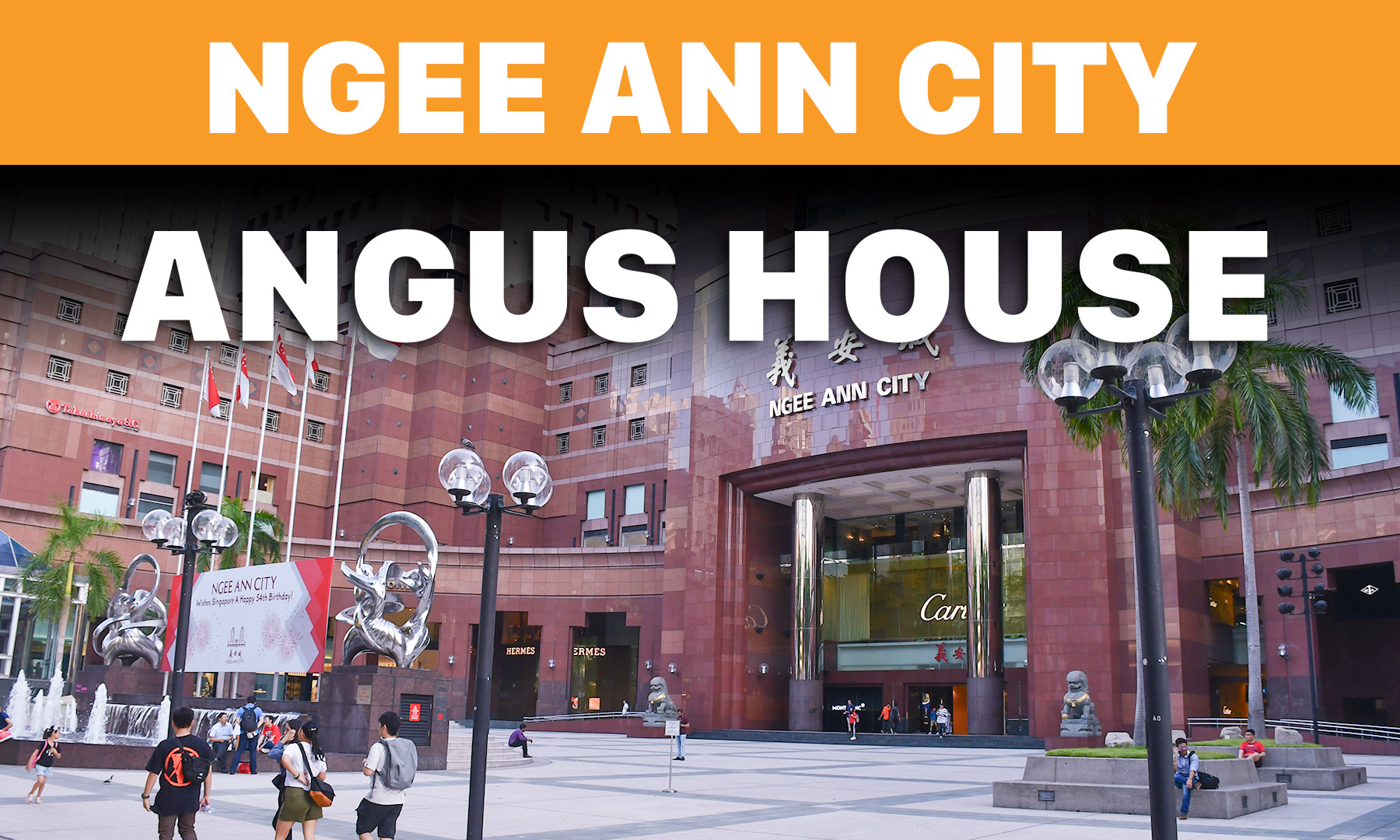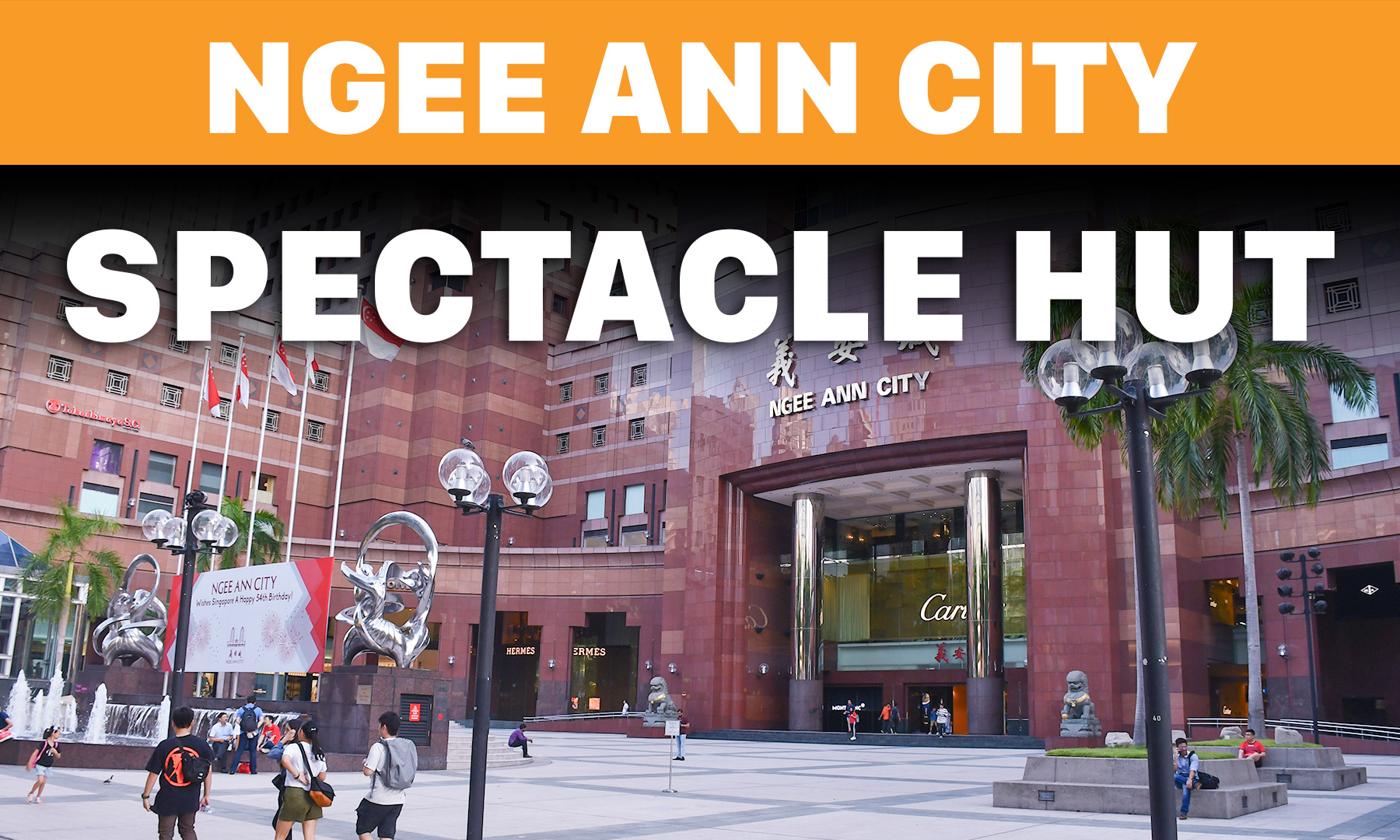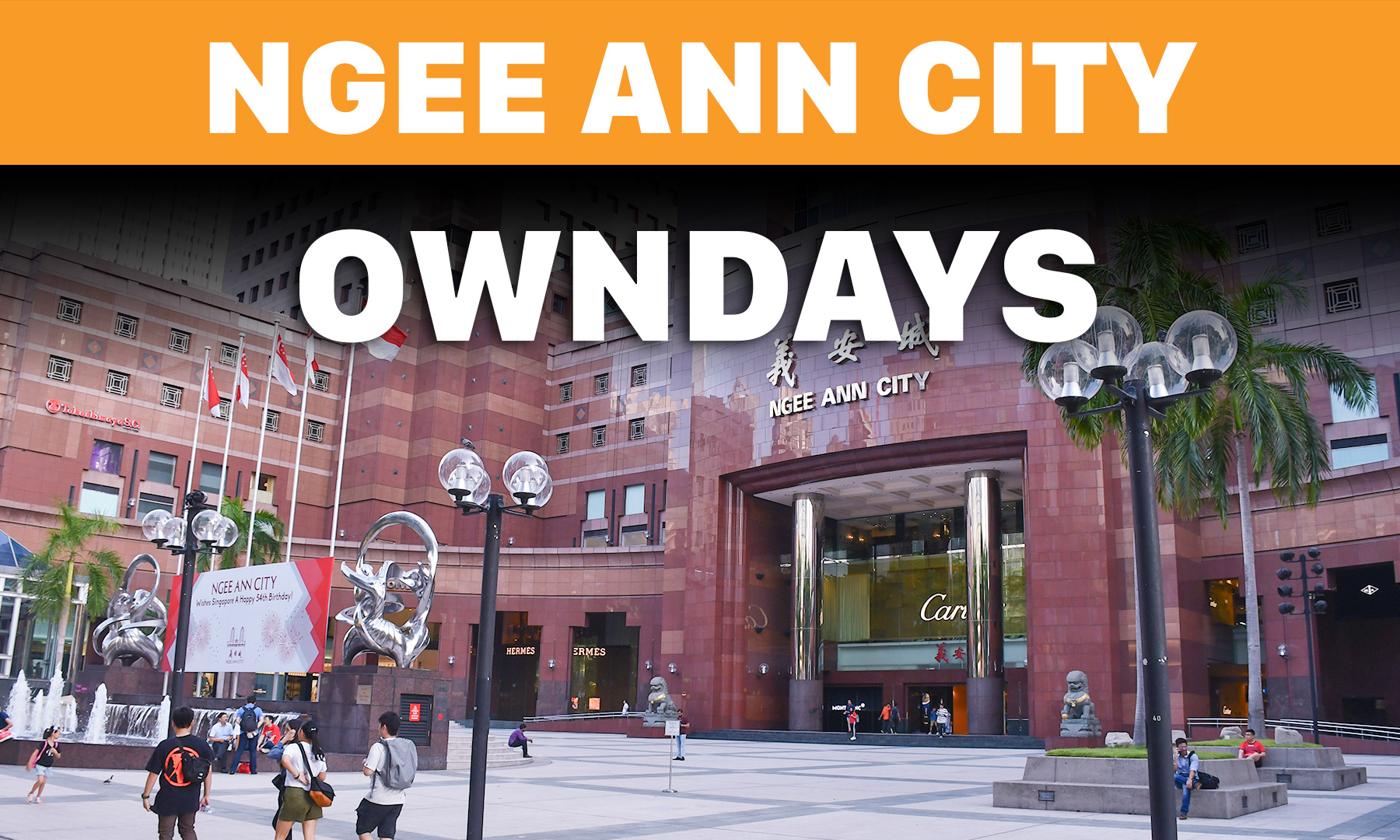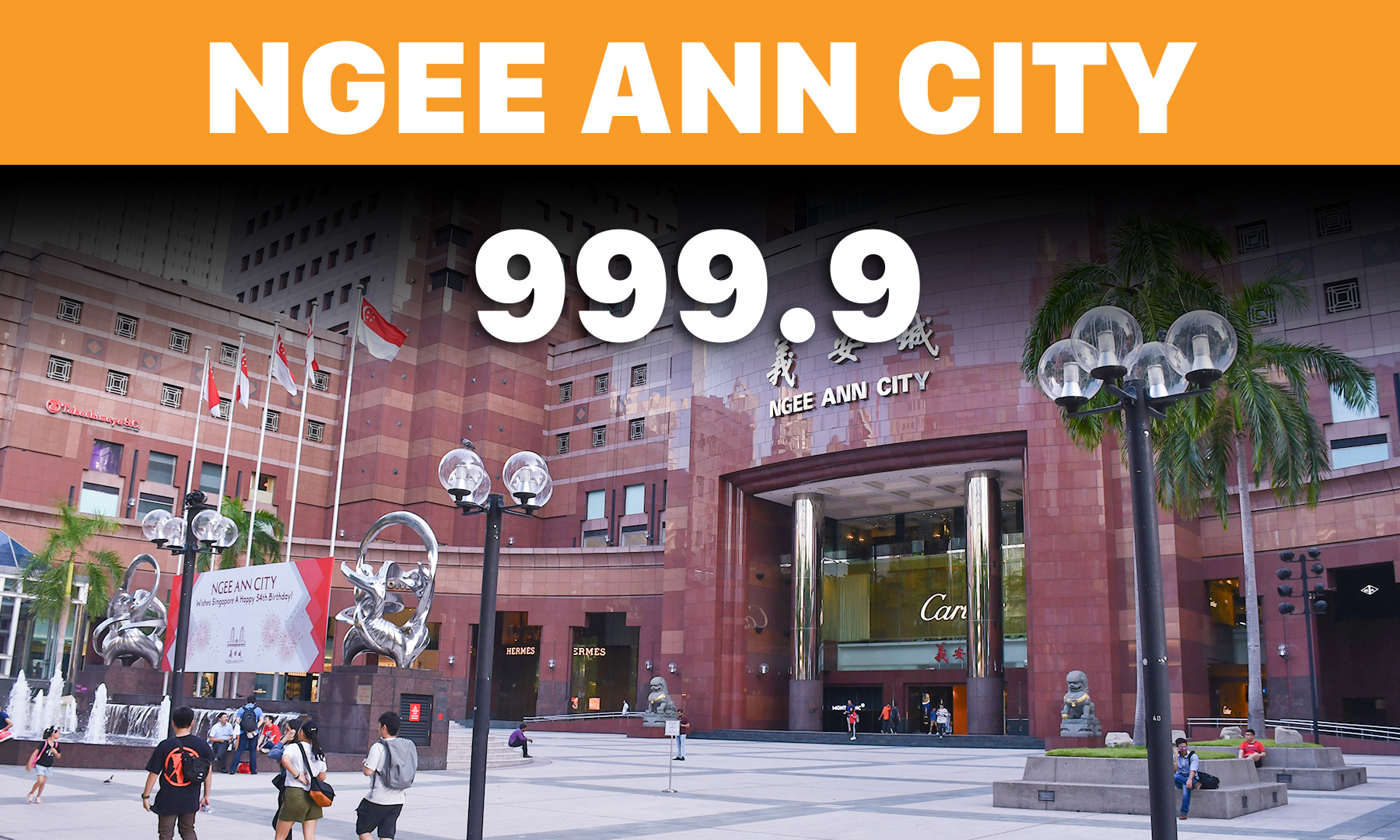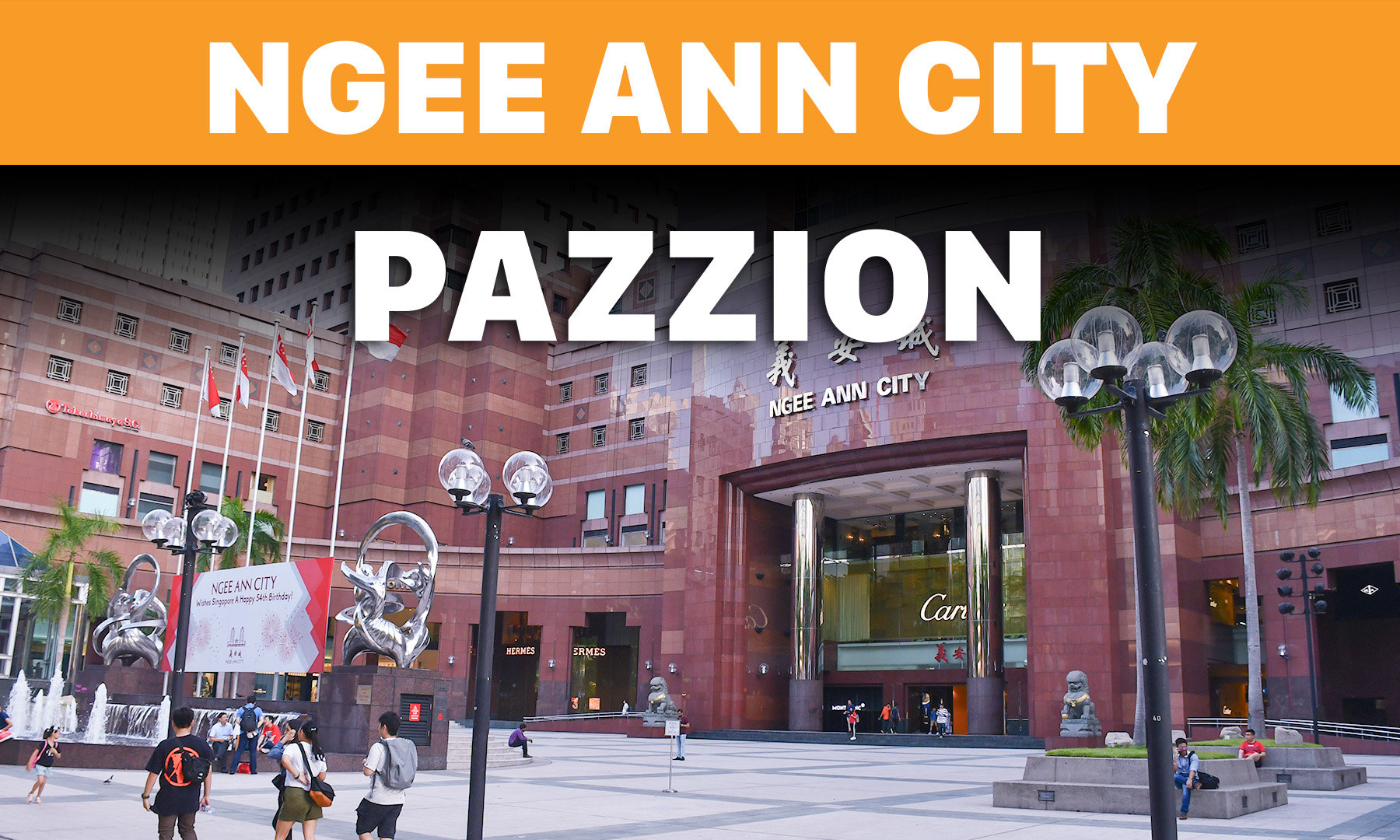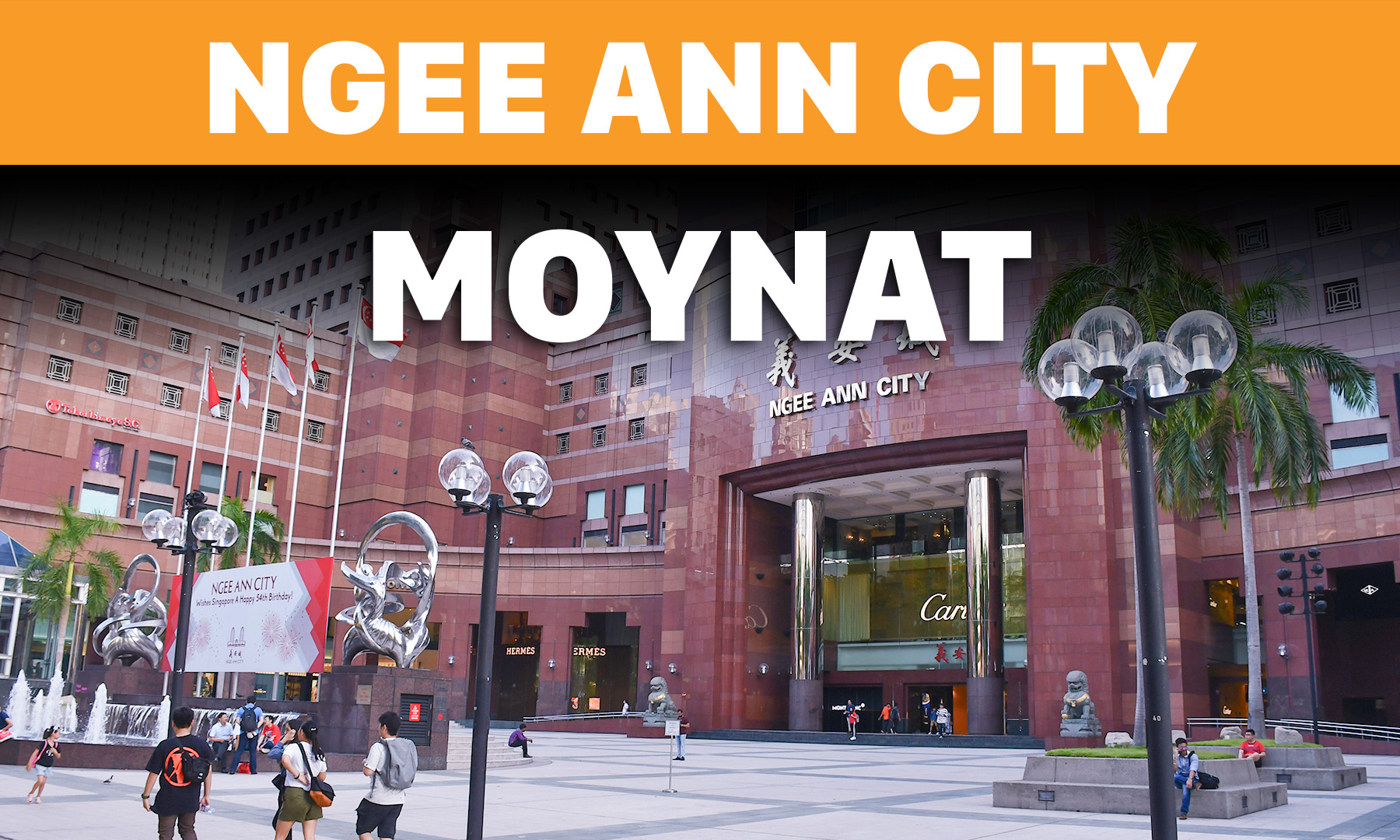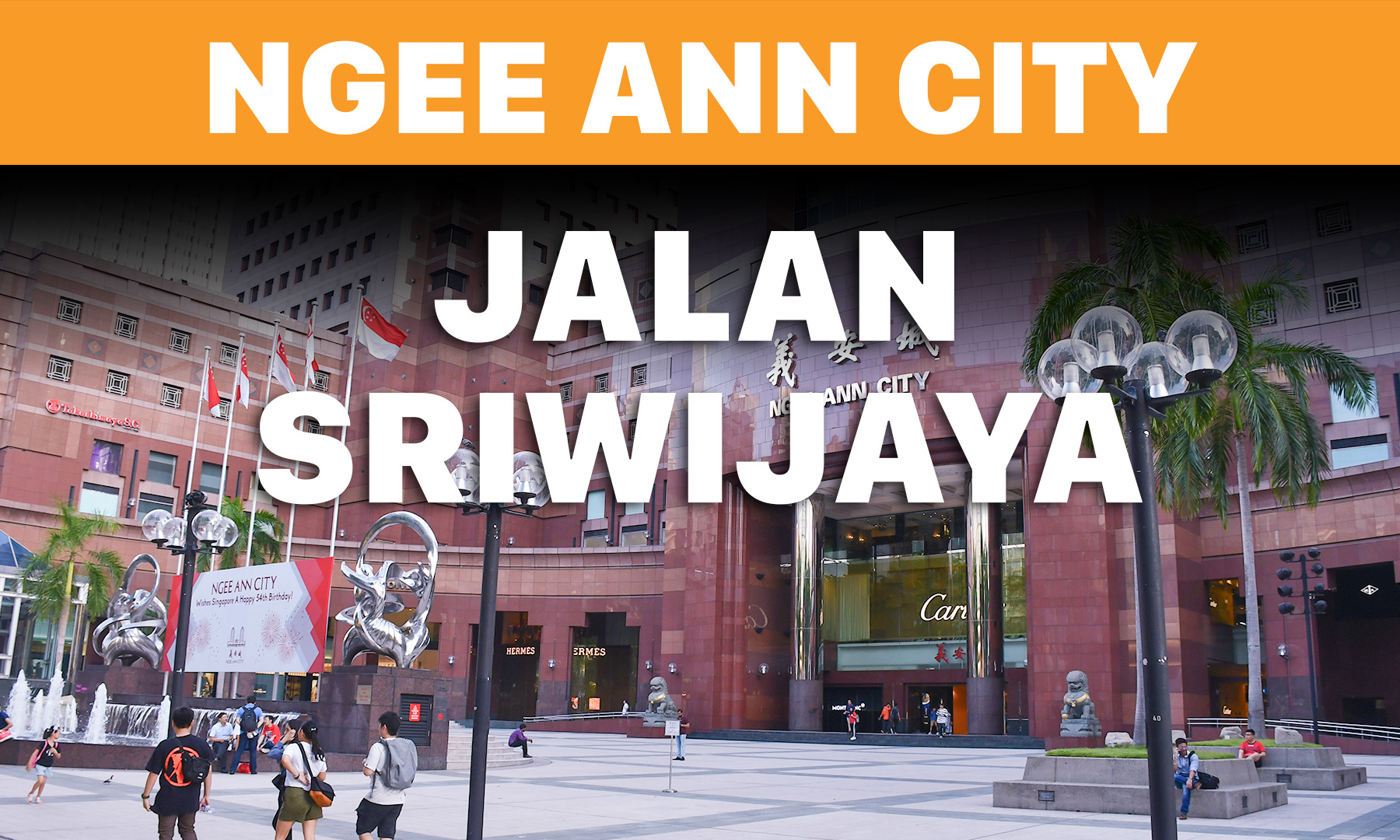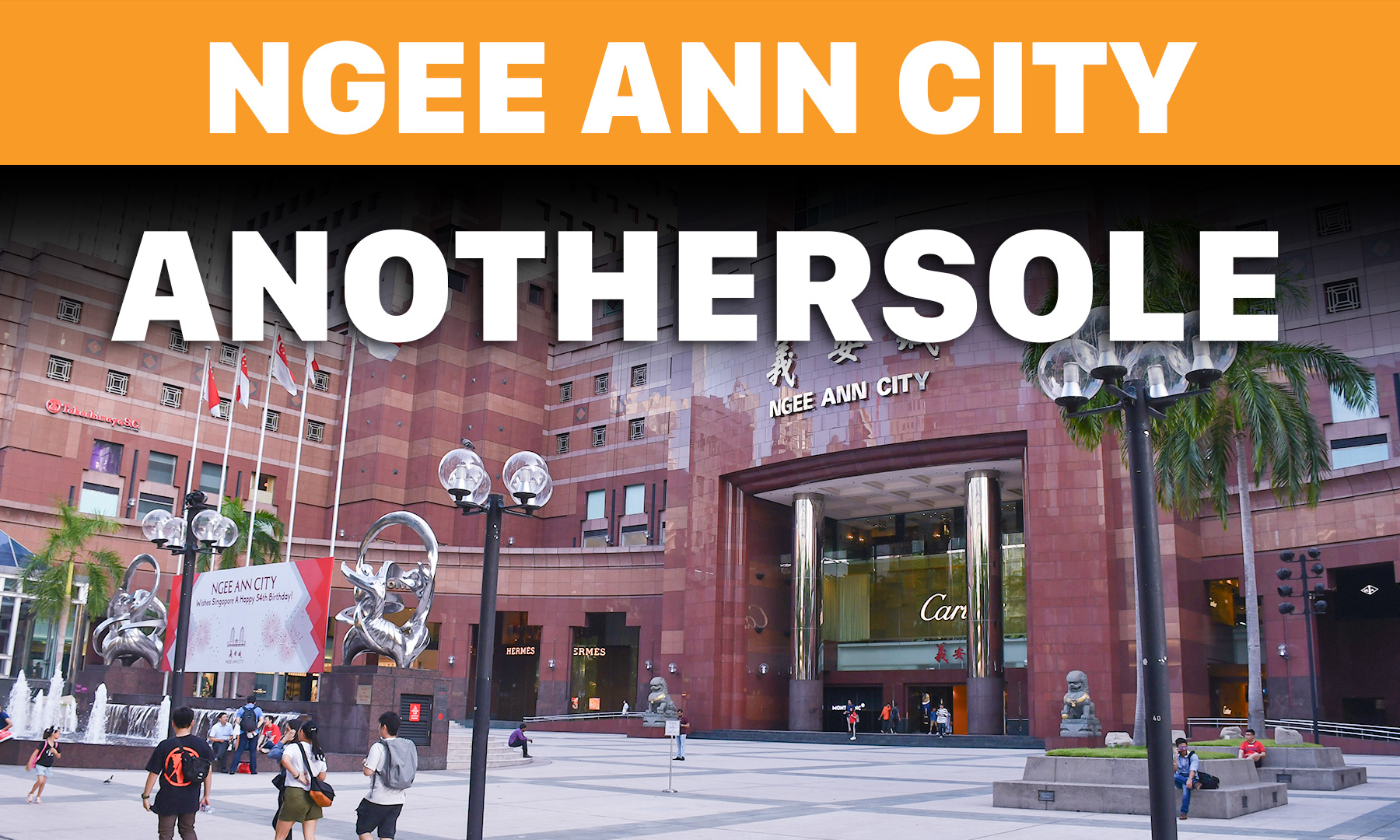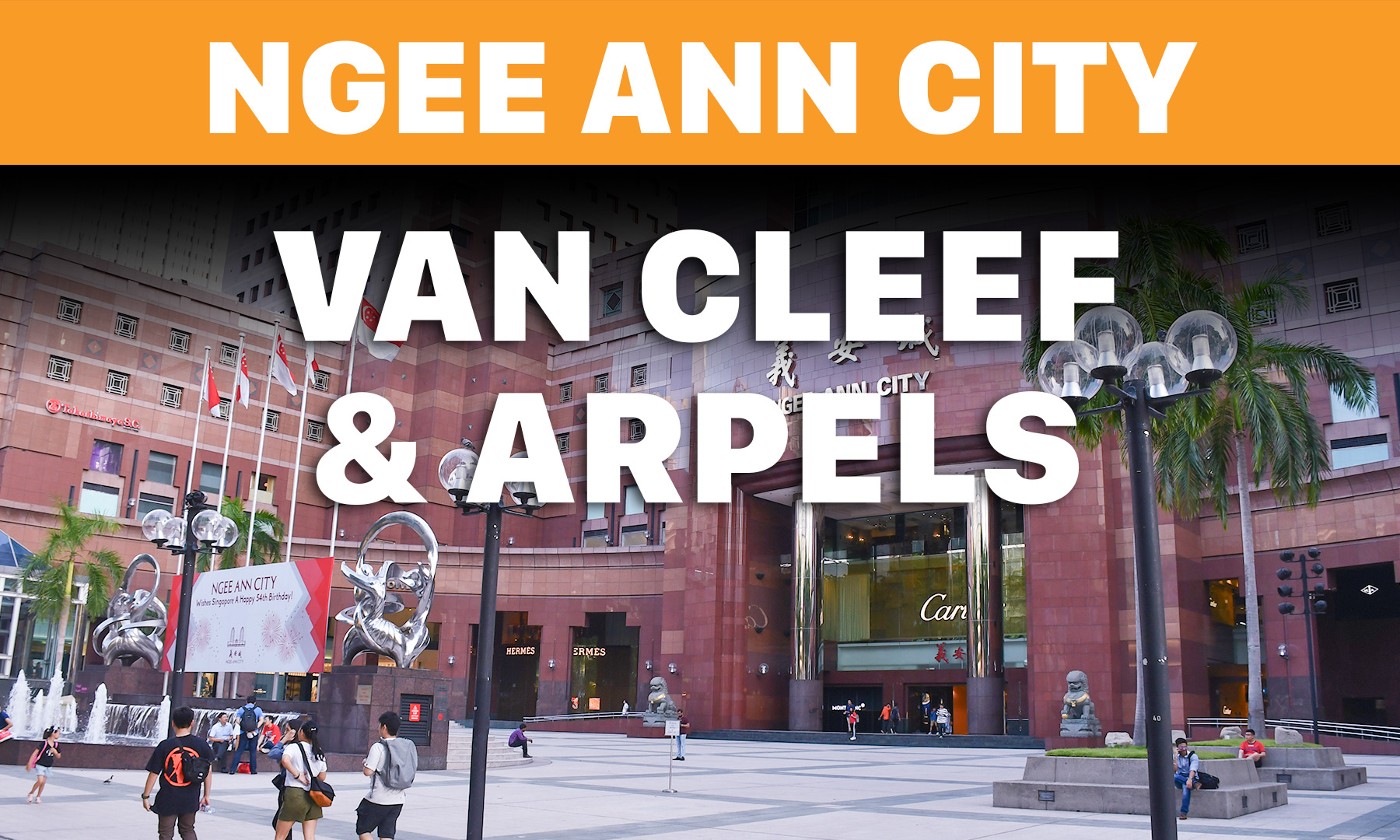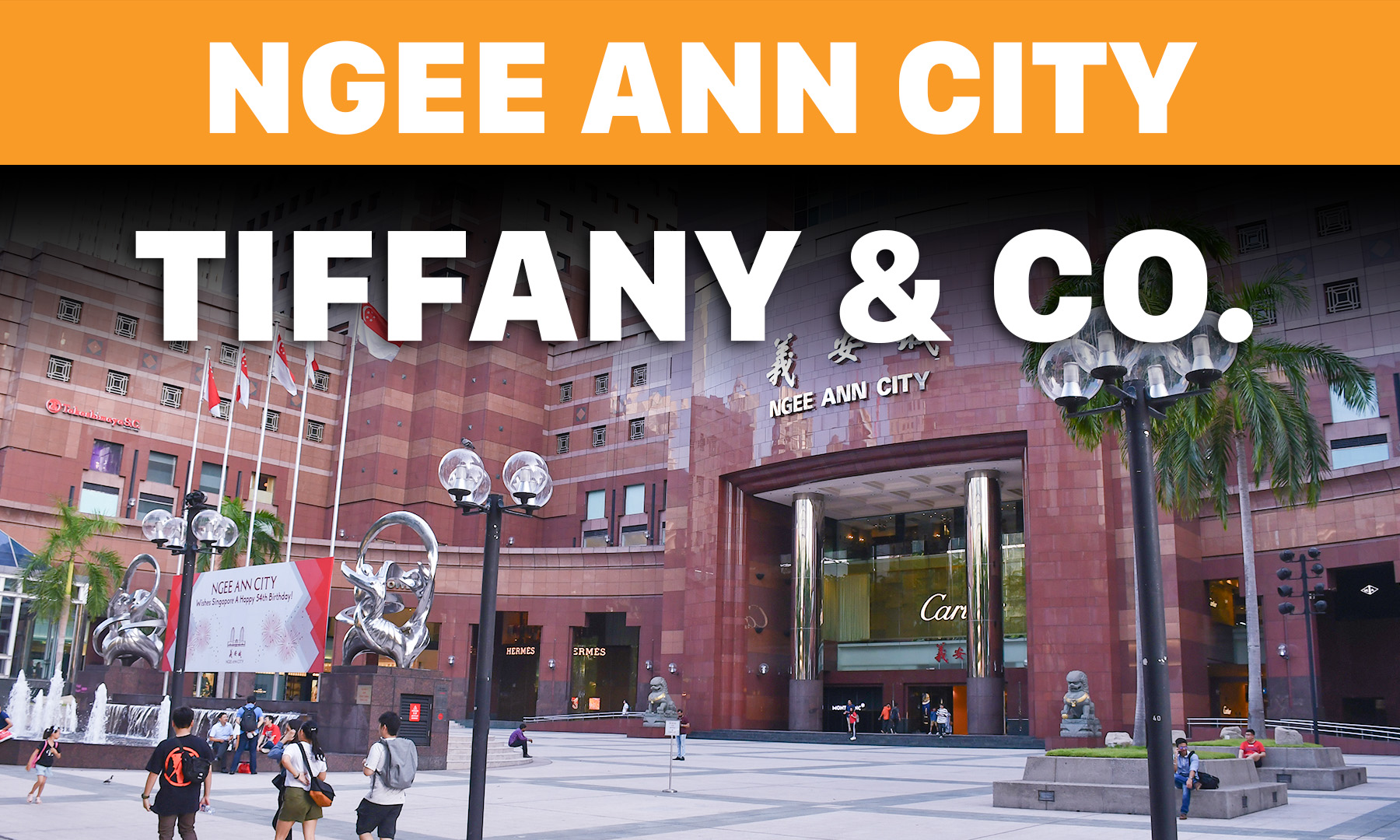Exploring the Heritage of Singapore's Oldest Housing Estates

In the vibrant tapestry of Singapore's oldest neighborhoods, the adage "old is gold" holds true. These districts have weathered the sands of time, withstanding World War II, the swinging 60s, and more. While some, like Tiong Bahru, predate the Housing Development Board (HDB) era, others, although younger in years, have evolved so significantly that their histories are somewhat obscured. However, beneath the surface, these places we call home, work, and play hold captivating narratives. You might consider gathering your grandparents for a treasure trove of insights from the past. But before that, allow us to provide you with a glimpse into the intriguing histories of some of Singapore's earliest housing estates.
Tiong Bahru

Nestled within this hipster enclave lies one of Singapore's most ancient housing estates. Developed during the 1920s by the Singapore Improvement Trust (SIT), Tiong Bahru occupies land that once served as Chinese burial grounds, a heritage reflected in its name, meaning 'new cemetery' in a blend of Hokkien and Malay. Beyond its role in farming and military activities, Tiong Bahru garnered notoriety as a 'mei ren wo,' or 'den of beauties,' where affluent businessmen often housed their mistresses. Other captivating personalities found refuge here, including glamorous cabaret dancers from the nearby Great World Amusement Park and pippa girls (prostitutes) with their vigilant protectors.
Queenstown

Have you ever heard of The Quests? They were considered one of the most successful local bands of the 1960s, taking inspiration from the school magazine of Queenstown Secondary Technical School, where two band members once studied. This school stands as one of the pioneering landmarks of Queenstown. As Singapore's inaugural satellite town, Queenstown also played host to the island's first polyclinic and branch library. Like many other parts of Singapore, this estate rose from marshy terrain, flanked by two hills, one hosting a Chinese cemetery and the other an orchard and rubber plantation. In yesteryears, the development of Queenstown involved the clearance of a village known as Bo Beh Kang and the British Buller Camp.
Toa Payoh

Swamps appear to be a recurring theme, and Toa Payoh is known as the 'big swamp' in Hokkien. This mature estate carries a somewhat shadowy past, as it was once a battleground for some of Singapore's most notorious crime syndicates, gangs, and secret societies. So menacing was its reputation that even the police hesitated to venture there after nightfall. Nonetheless, the National Heritage Board has documented the strong kampong spirit that thrived among Toa Payoh's residents. These tight-knit communities fiercely resisted government relocation efforts, as their livelihoods depended on the land for farming. Eventually, with significant incentives for relocation, villagers and squatters made way for Toa Payoh's transformation into a new town, marked by Singapore's inaugural MRT station, cooperative supermarket, and Residents' Association, among other milestones.
Bedok

Bedok's history is closely intertwined with the sea. Before land reclamation reshaped the eastern coast, Bedok's residents enjoyed easy access to beaches for fishing and cultivated coconut plantations as their primary livelihoods. The Orang Laut were the area's original inhabitants, but migrants from Indonesia and Malaya later settled here. It's worth noting that piracy was once rampant in the waters off these shores, resulting in fierce battles with significant loss of life and injury. However, in the 1960s, these vestiges of old Bedok were cleared to make way for development, giving rise to one of Singapore's most densely populated planning areas.
Marine Parade

Marine Parade holds the distinction of being the first housing project constructed entirely on reclaimed land. It owes its existence to the excavation of sand from the hills in Bedok and Upper Changi, which was used to fill the sea. Before reclamation efforts commenced in 1966, Marine Parade was a bustling hub of activity. This former beachfront attracted picnickers and beachgoers alike, with numerous hawker stalls dotting the sand. In a manner reminiscent of Sentosa today, Marine Parade was also a favored choice for affluent families, drawn by the refreshing sea breeze, to establish their homes.




